
In a dark, dusty patch of sky in the constellation Sagittarius, a small star, known as S2 or, sometimes, S0-2, cruises on the edge of eternity. Every 16 years, it passes within a cosmic whisker of a mysterious dark object that weighs some 4 million suns, and that occupies the exact centre of the Milky Way galaxy.
For the past two decades, two rival teams of astronomers, looking to test some of Albert Einstein’s weirdest predictions about the universe, have aimed their telescopes at the star, which lies 26,000 light years away. In the process, they hope to confirm the existence of what astronomers strongly suspect lies just beyond: a monstrous black hole, an eater of stars and shaper of galaxies.
For several months this year, the star streaked through its closest approach to the galactic centre, producing new insights into the behaviour of gravity in extreme environments, and offering clues to the nature of the invisible beast in the Milky Way’s basement.
One of those teams, an international collaboration based in Germany and Chile, and led by Reinhard Genzel of the Max Planck Institute for Extraterrestrial Physics, say they have found the strongest evidence yet that the dark entity is a supermassive black hole, the bottomless grave of 4.14 million suns.
The evidence comes in the form of knots of gas that appear to orbit the galactic centre. Genzel’s team found that the gas clouds circle every 45 minutes or so, completing a circuit of 150 million miles at roughly 30 per cent the speed of light. They are so close to the alleged black hole that if they were any closer they would fall in, according to classical Einsteinian physics.
Astrophysicists can’t imagine anything but a black hole that could be so massive, yet fit within such a tiny orbit.
The results provide “strong support” that the dark thing in Sagittarius “is indeed a massive black hole”, Genzel’s group writes in a paper published last week under the name of Gravity Collaboration, in the journal Astronomy & Astrophysics.
“This is the closest yet we have come to see the immediate zone around a supermassive black hole with direct, spatially resolved techniques,” Genzel says.
The work goes a long way towards demonstrating what astronomers have long believed, but are still at pains to prove rigorously: that a supermassive black hole lurks in the heart not only of the Milky Way, but of many observable galaxies. The hub of the stellar carousel is a place where space and time end, and into which stars can disappear forever.
The new data also help to explain how such black holes can wreak havoc of a kind that is visible from across the universe. Astronomers have long observed spectacular quasars and violent jets of energy, thousands of light years long, erupting from the centres of galaxies.
Roger Blandford, the director of the Kavli Institute for Particle Astrophysics and Cosmology at Stanford University, says there is now overwhelming evidence that supermassive black holes are powering such phenomena.
“There is now a large burden of proof on claims to the contrary,” he says. “The big questions involve figuring out how they work, including disk and jets. It’s a bit like knowing that the sun is a hot, gaseous sphere and trying to understand how the nuclear reactions work.”
Sheperd Doeleman, a radio astronomer at the Harvard-Smithsonian centre for Astrophysics, calls the work “a tour de force”. Doeleman studies the galactic centre and hopes to produce an actual image of the black hole, using a planet-size instrument called the Event Horizon Telescope.
The study is a major triumph for the European Southern Observatory, a multinational consortium with headquarters in Munich and observatories in Chile, which had made the study of S2 and the galactic black hole a major priority. The organisation’s facilities include the Very Large Telescope, an array of four giant telescopes in Chile’s Atacama Desert (a futuristic setting featured in the James Bond film Quantum of Solace), and the world’s largest telescope, the Extremely Large Telescope, now under construction on a mountain nearby.
Einstein’s bad dream
Black holes – objects so dense that not even light can escape them – are a surprise consequence of Einstein’s general theory of relativity, which ascribes the phenomenon we call gravity to a warping of the geometry of space and time. When too much matter or energy are concentrated in one place, according to the theory, space-time can jiggle, time can slow and matter can shrink and vanish into those cosmic sinkholes.
Einstein didn’t like the idea of black holes, but the consensus today is that the universe is speckled with them. Many are the remains of dead stars; others are gigantic, with the masses of millions to billions of suns. Such massive objects seem to anchor the centres of virtually every galaxy, including our own. Presumably they are black holes, but astronomers are eager to know whether these entities fit the prescription given by Einstein’s theory.
Although general relativity has been the law of the cosmos ever since Einstein devised it, most theorists think it eventually will have to be modified to explain various mysteries, such as what happens at the centre of a black hole or at the beginning of time; why galaxies clump together, thanks to unidentified stuff called dark matter; and how, simultaneously, a force called dark energy is pushing these clumps of galaxies apart.
The existence of smaller black holes was affirmed two years ago, when the Laser Interferometer Gravitational-Wave Observatory, or Ligo, detected ripples in space-time caused by the collision of a pair of black holes a billion light-years away. But those black holes were only 20 and 30 times the mass of the sun; how supermassive black holes behave is the subject of much curiosity among astronomers.
The most incredible space images of Earth
The most incredible space images of Earth
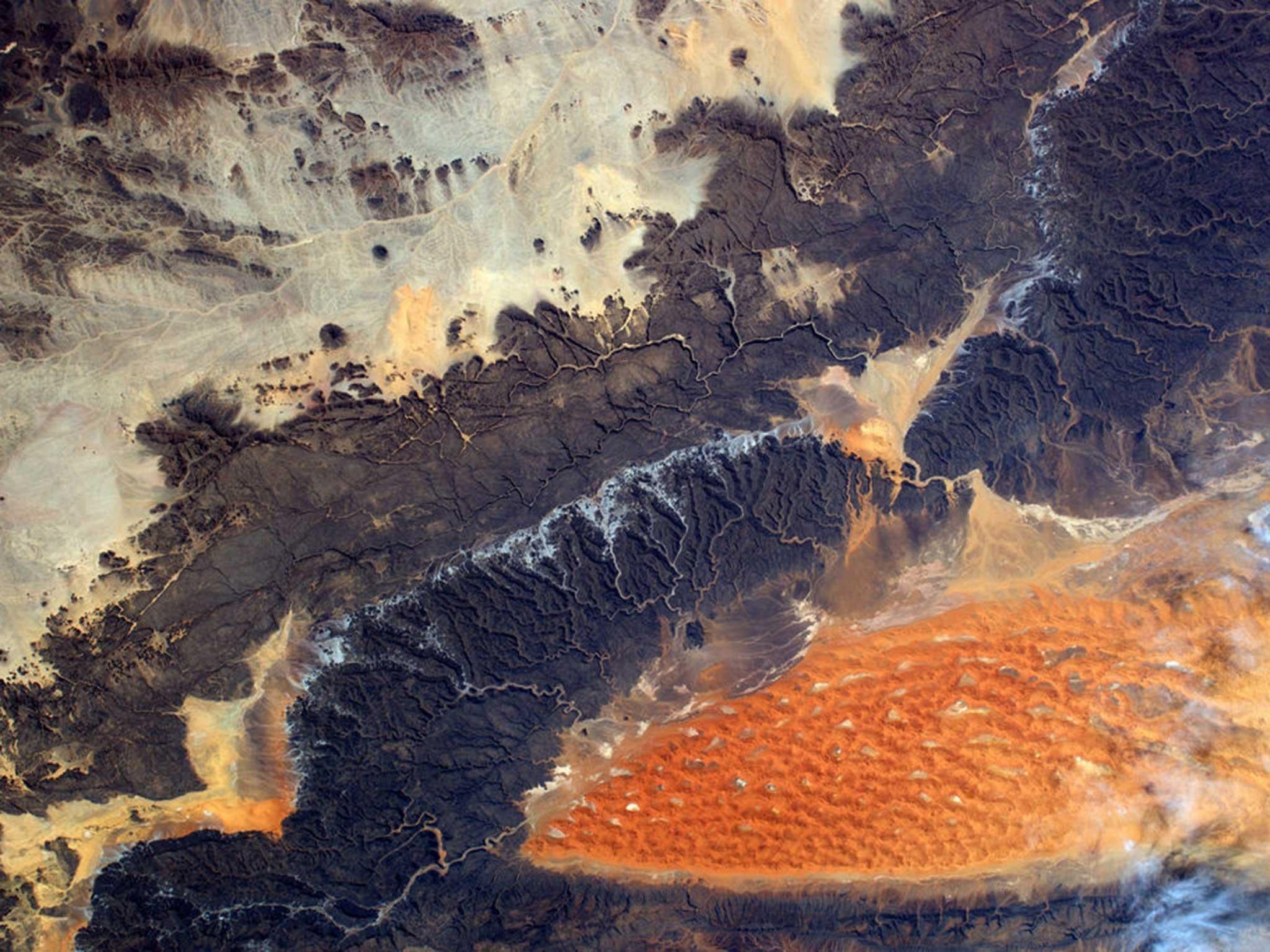
1/30 Striking Africa
"The striking colour and texture of Africa Illizi, Algeria"
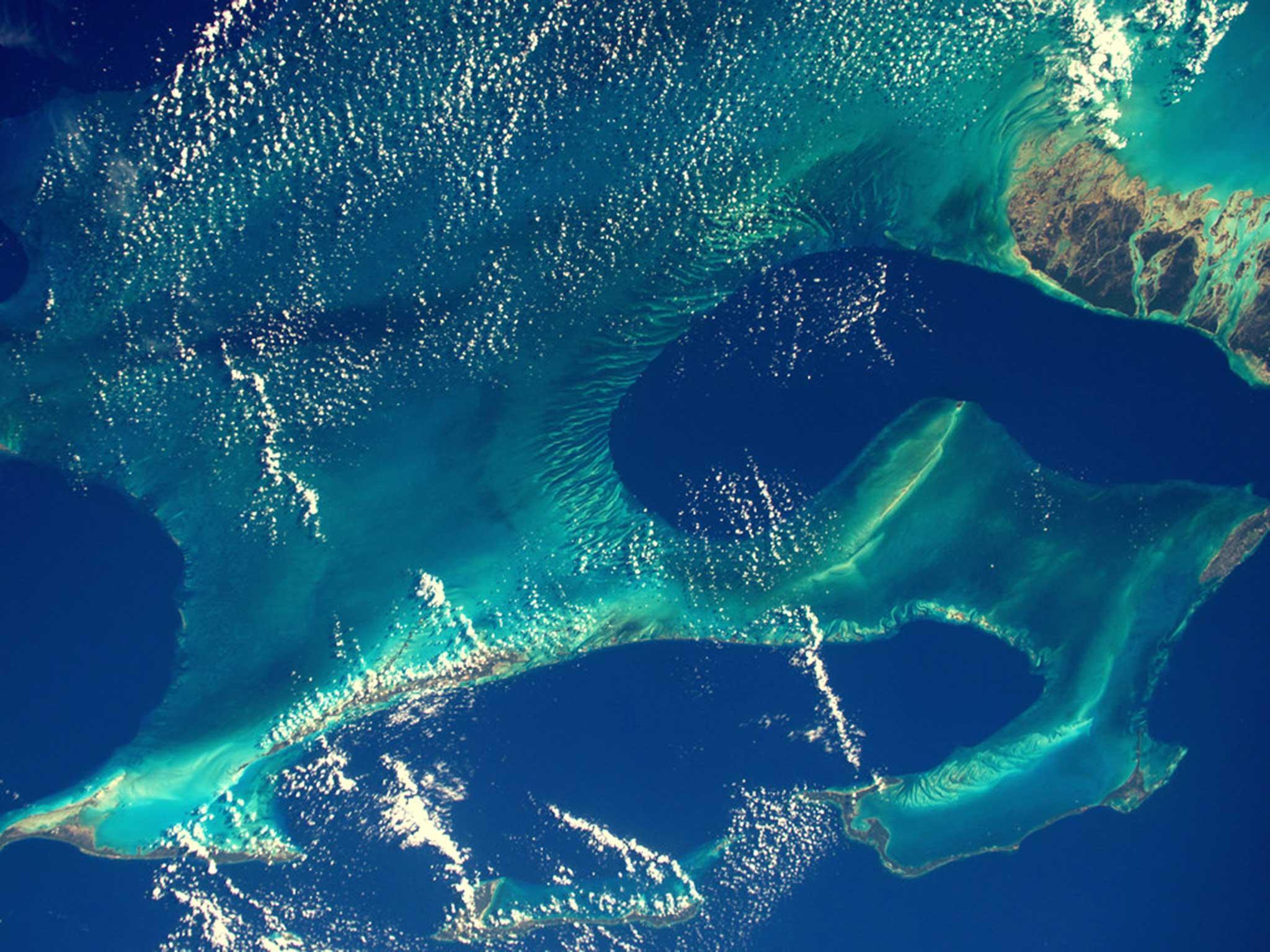
2/30 Favourite Reef
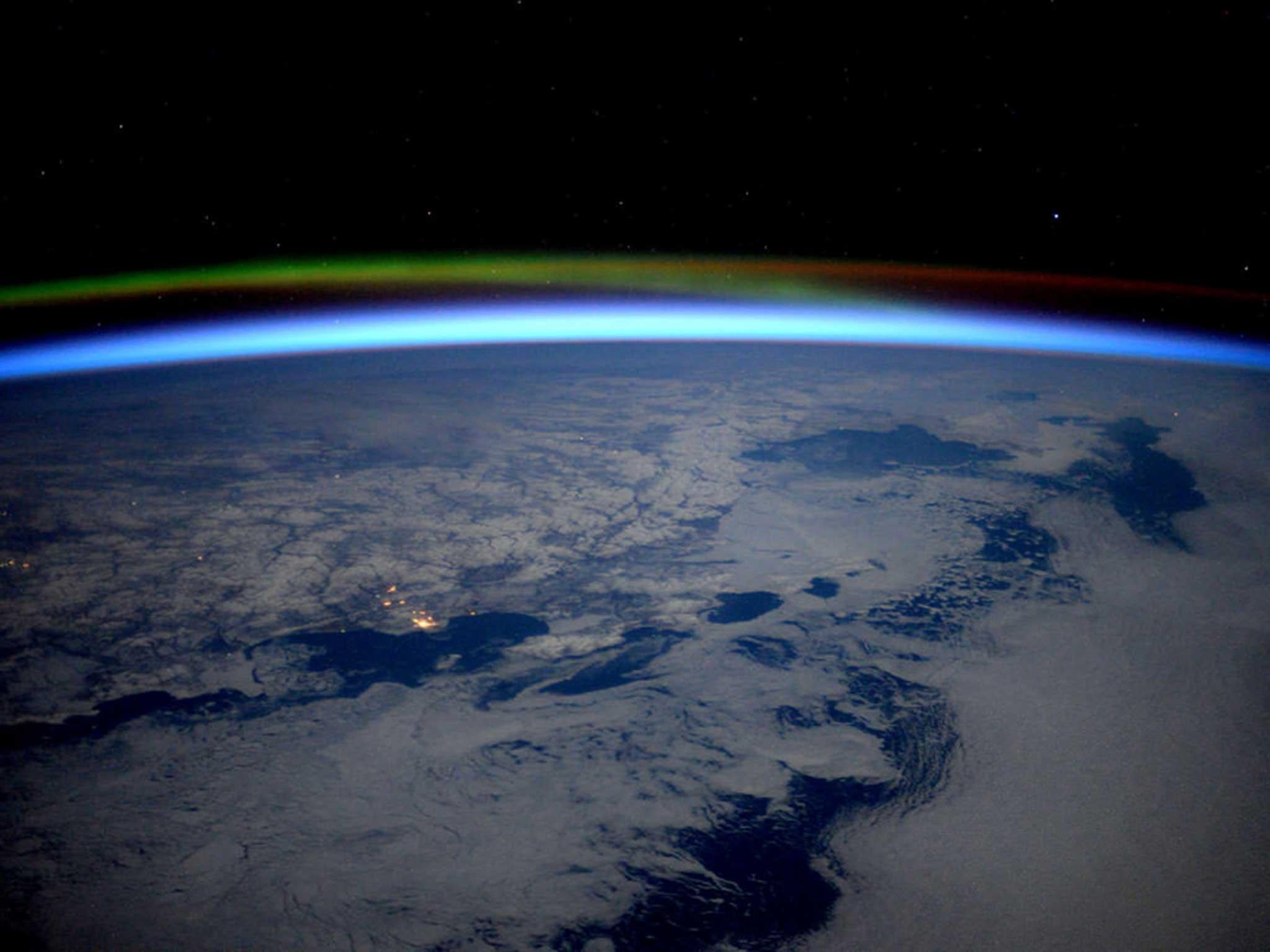
3/30 Russia's north-east coast
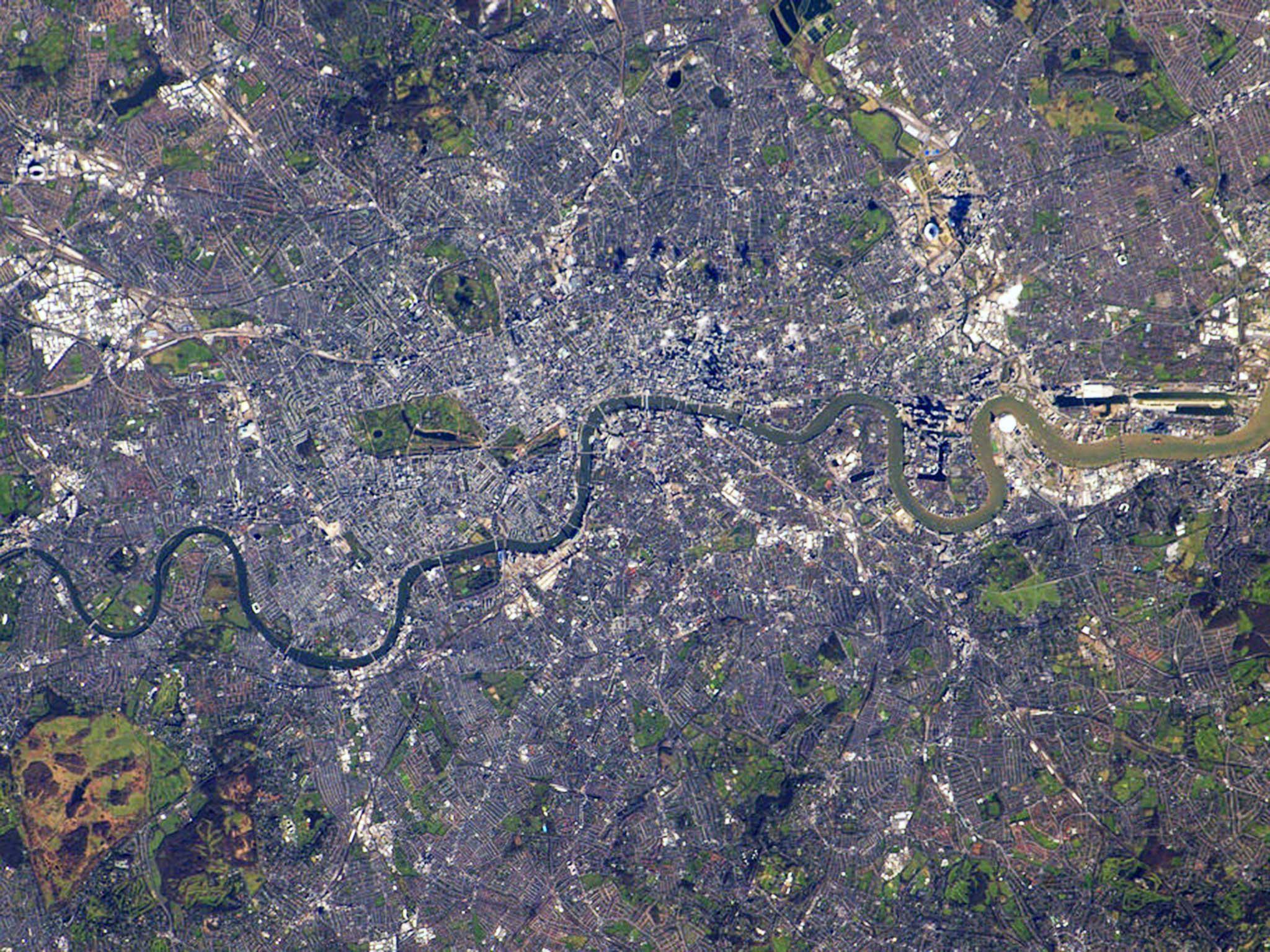
4/30 Hello London

5/30 Bahamas
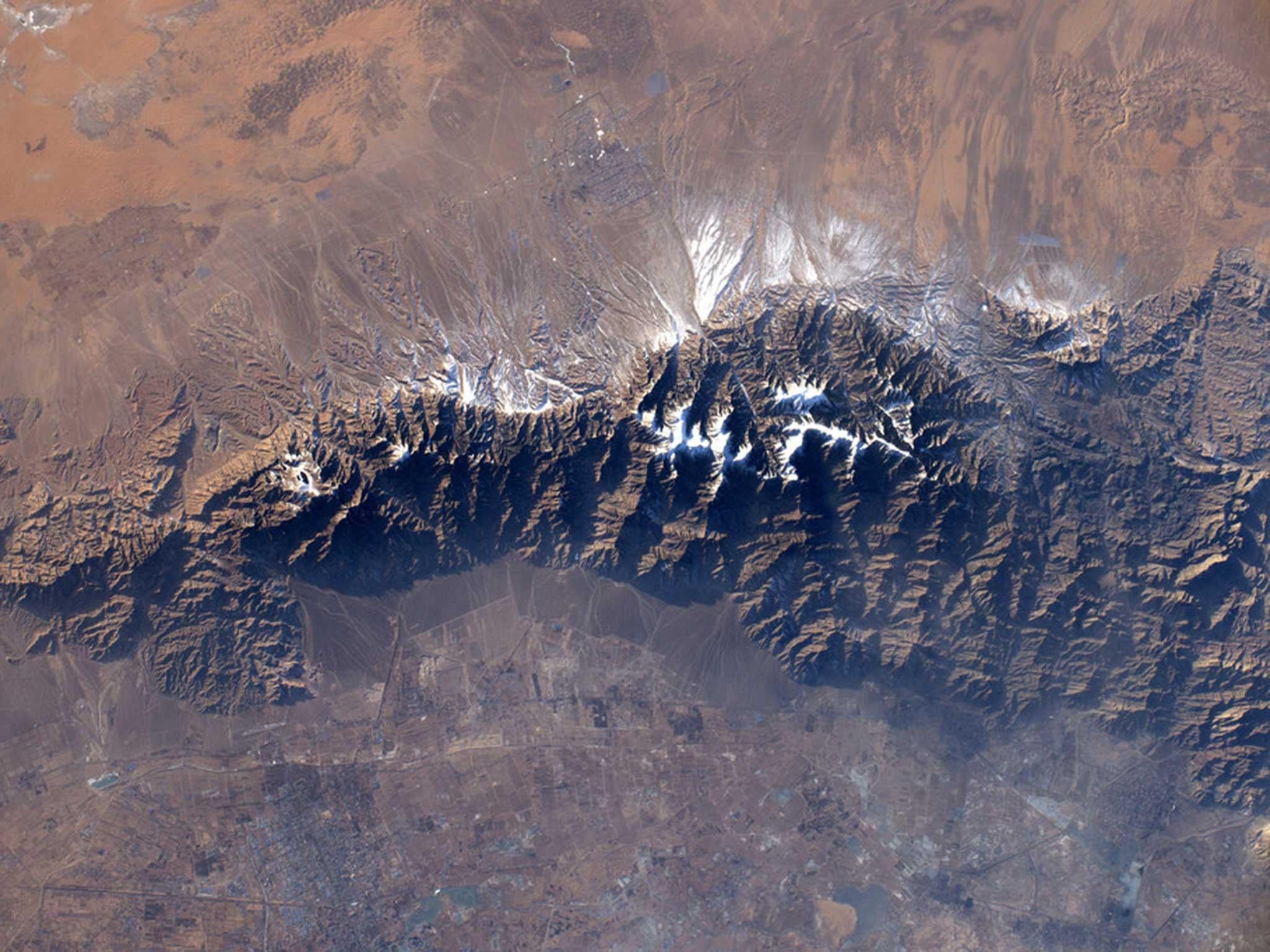
6/30 Yinchuan
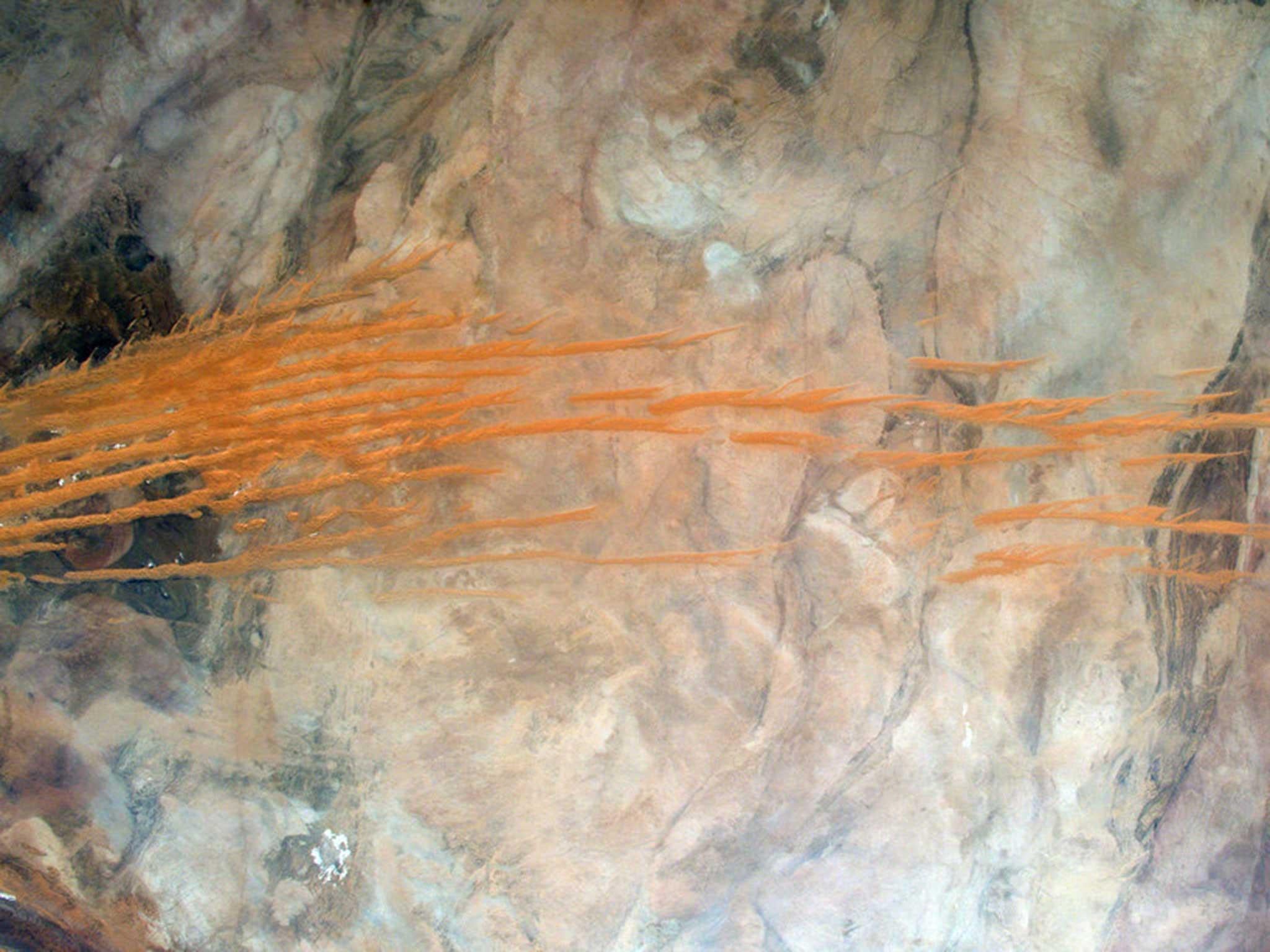
7/30 Rocket flames in Africa
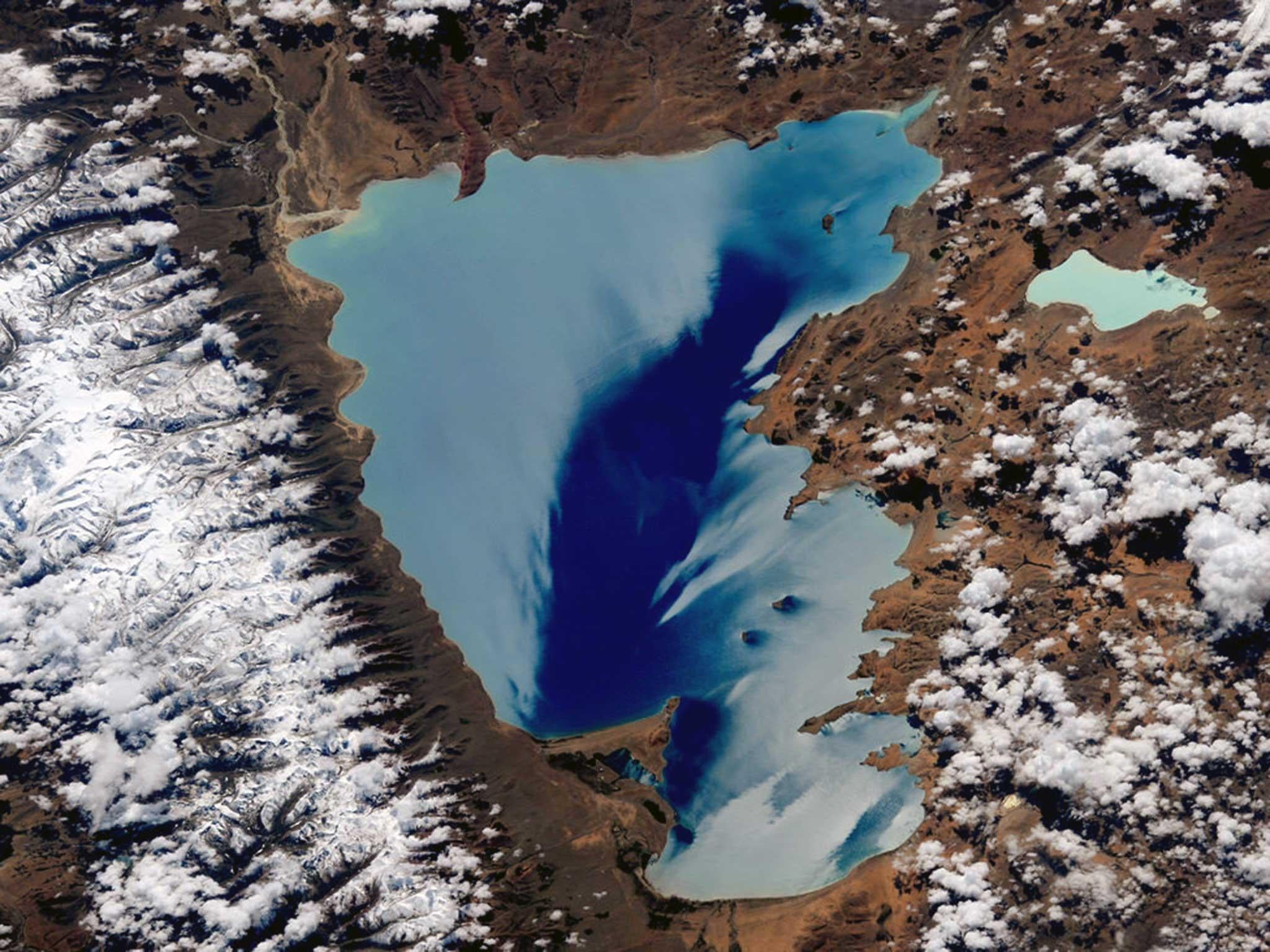
8/30 Stunning colours
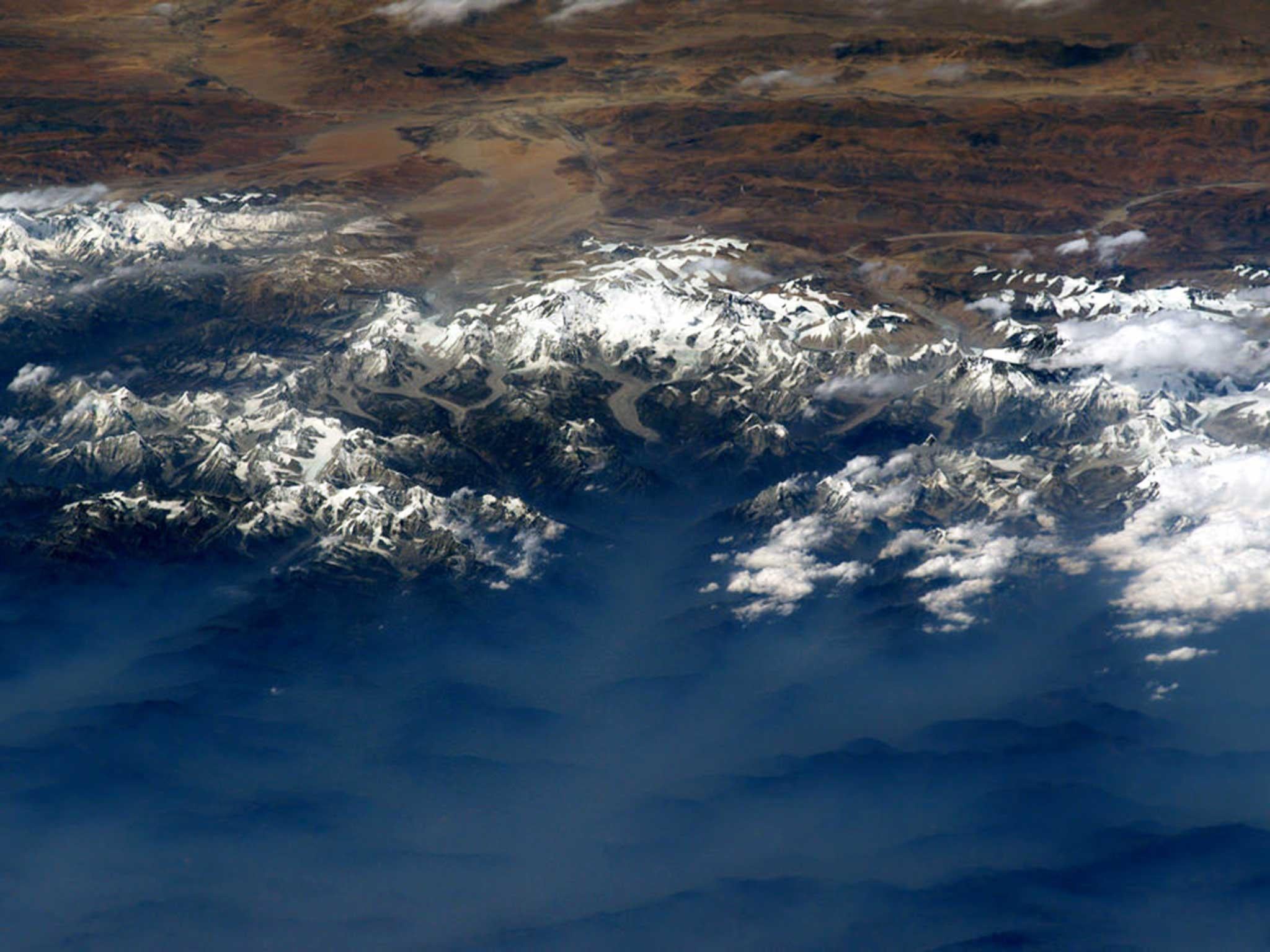
9/30 The real Everest
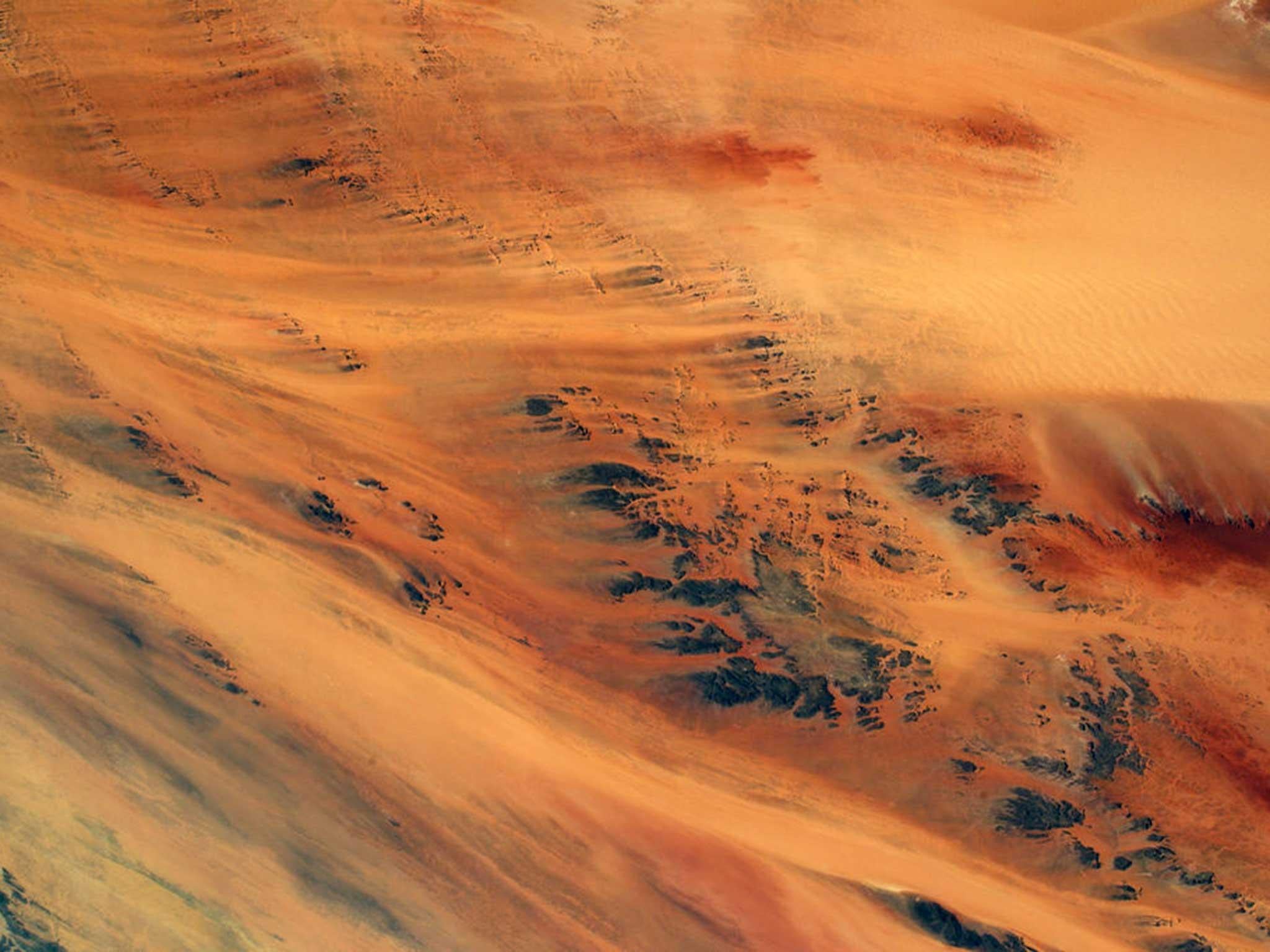
10/30 Go Exomars
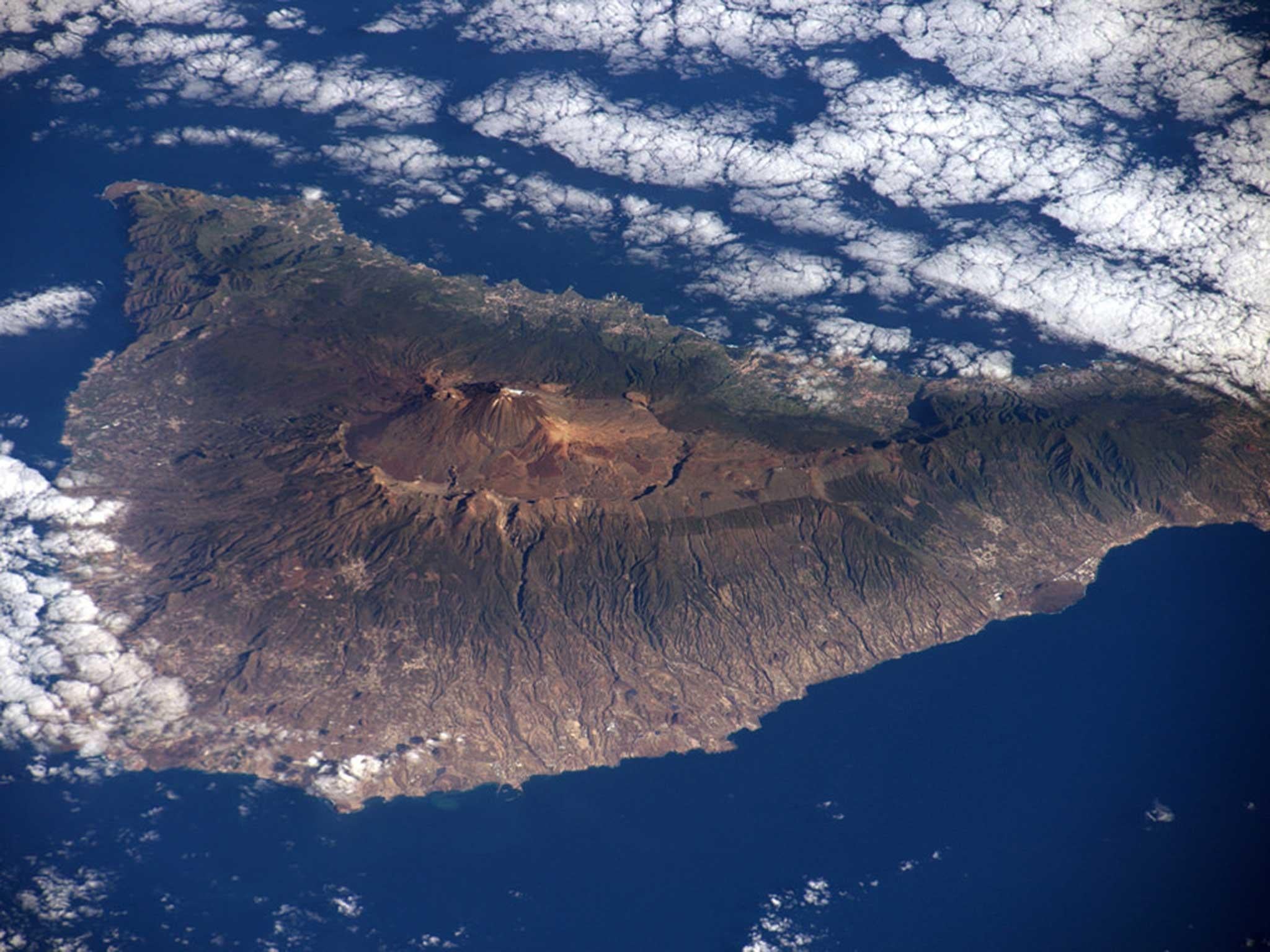
11/30 Tenerife
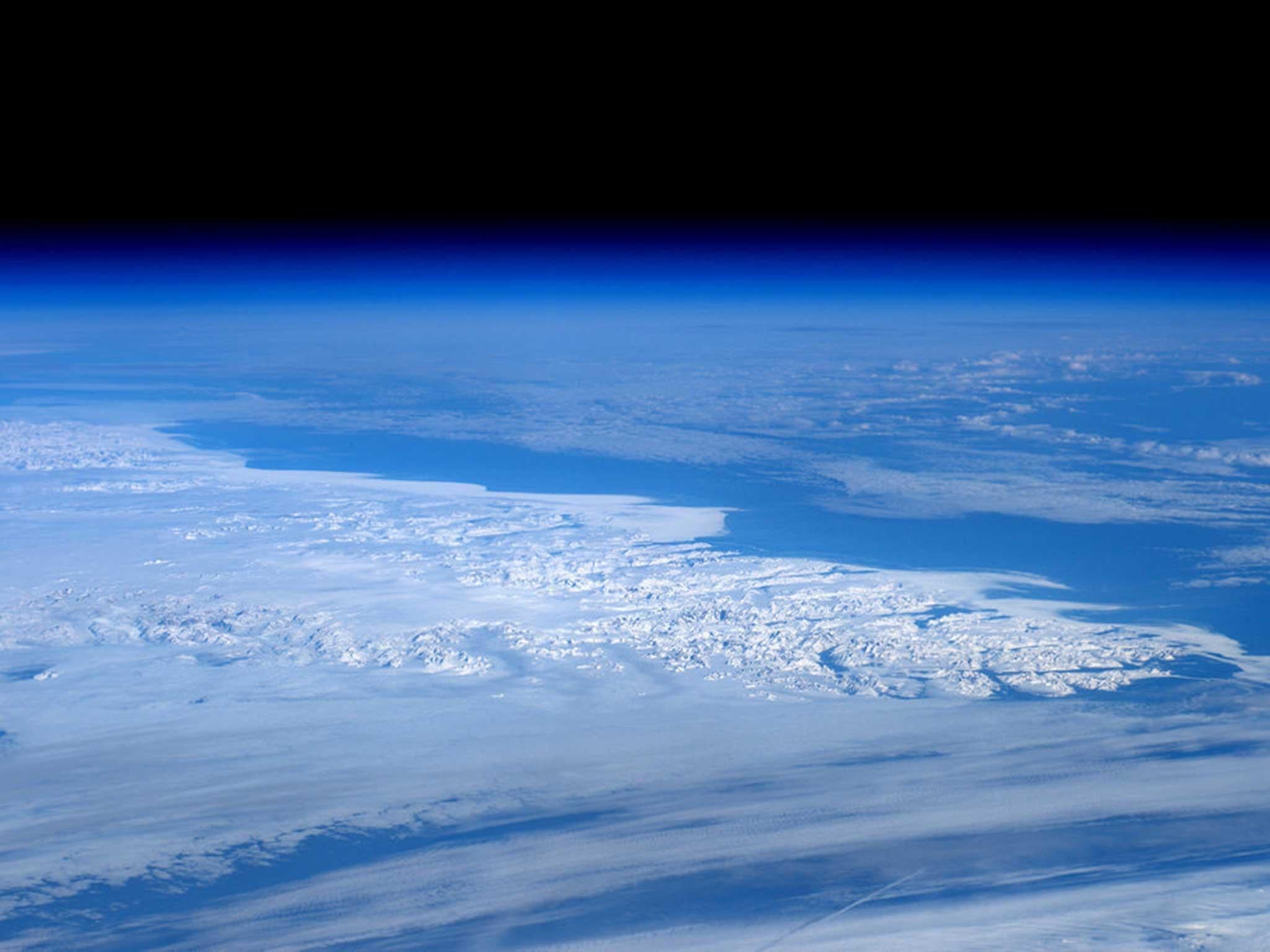
12/30 Midday winter sun
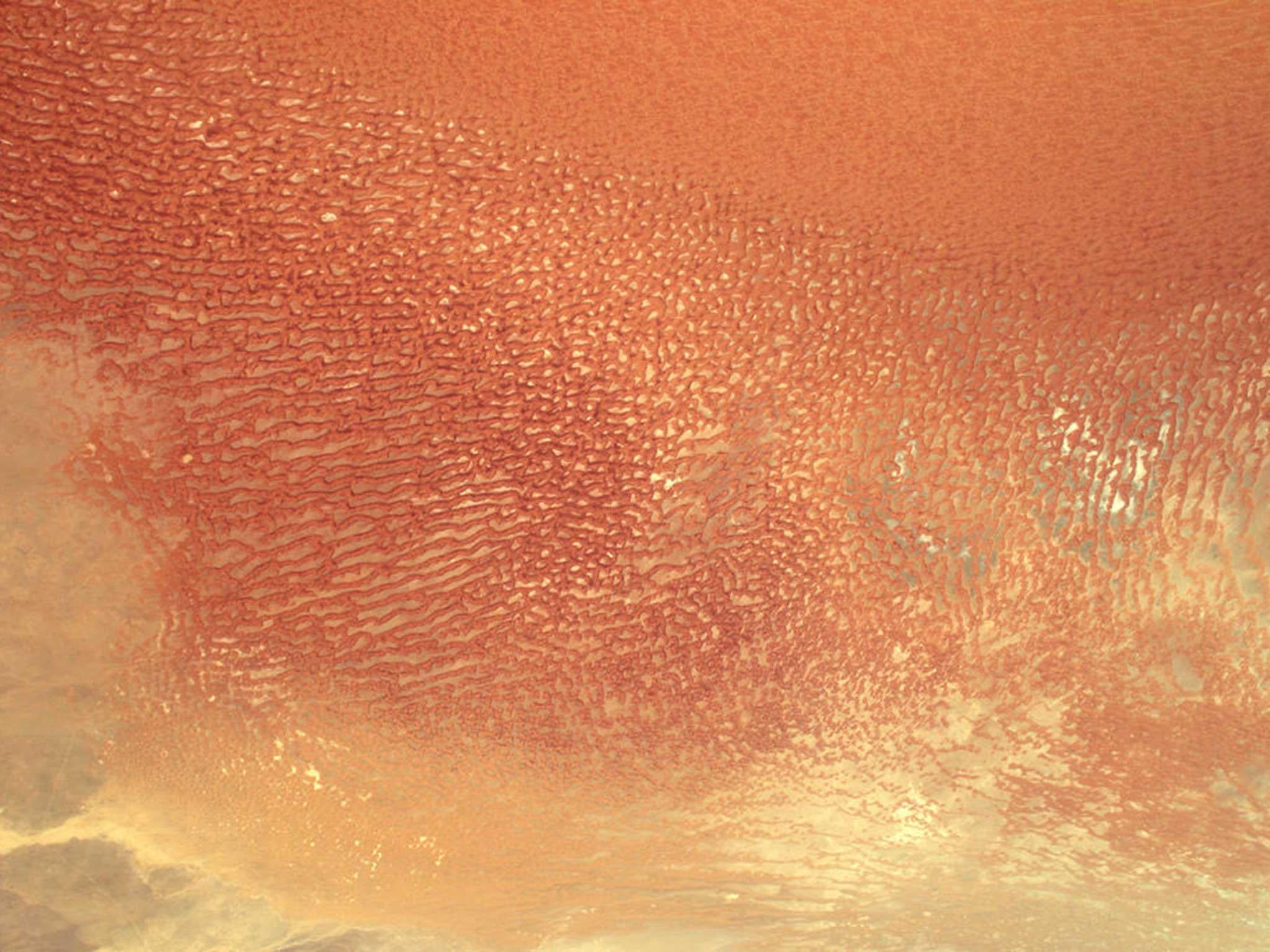
13/30 Sand dunes
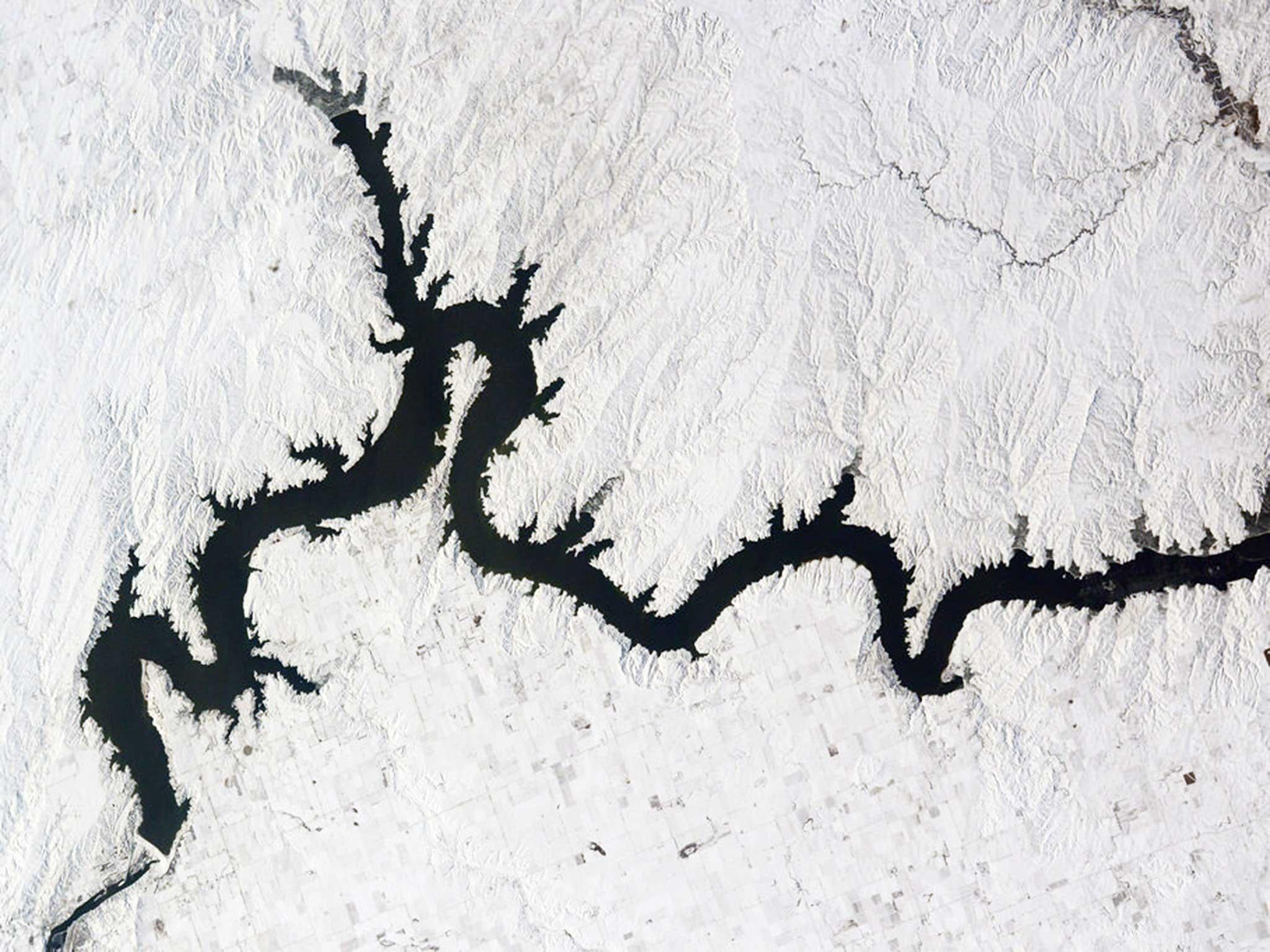
14/30 Dragon Dam
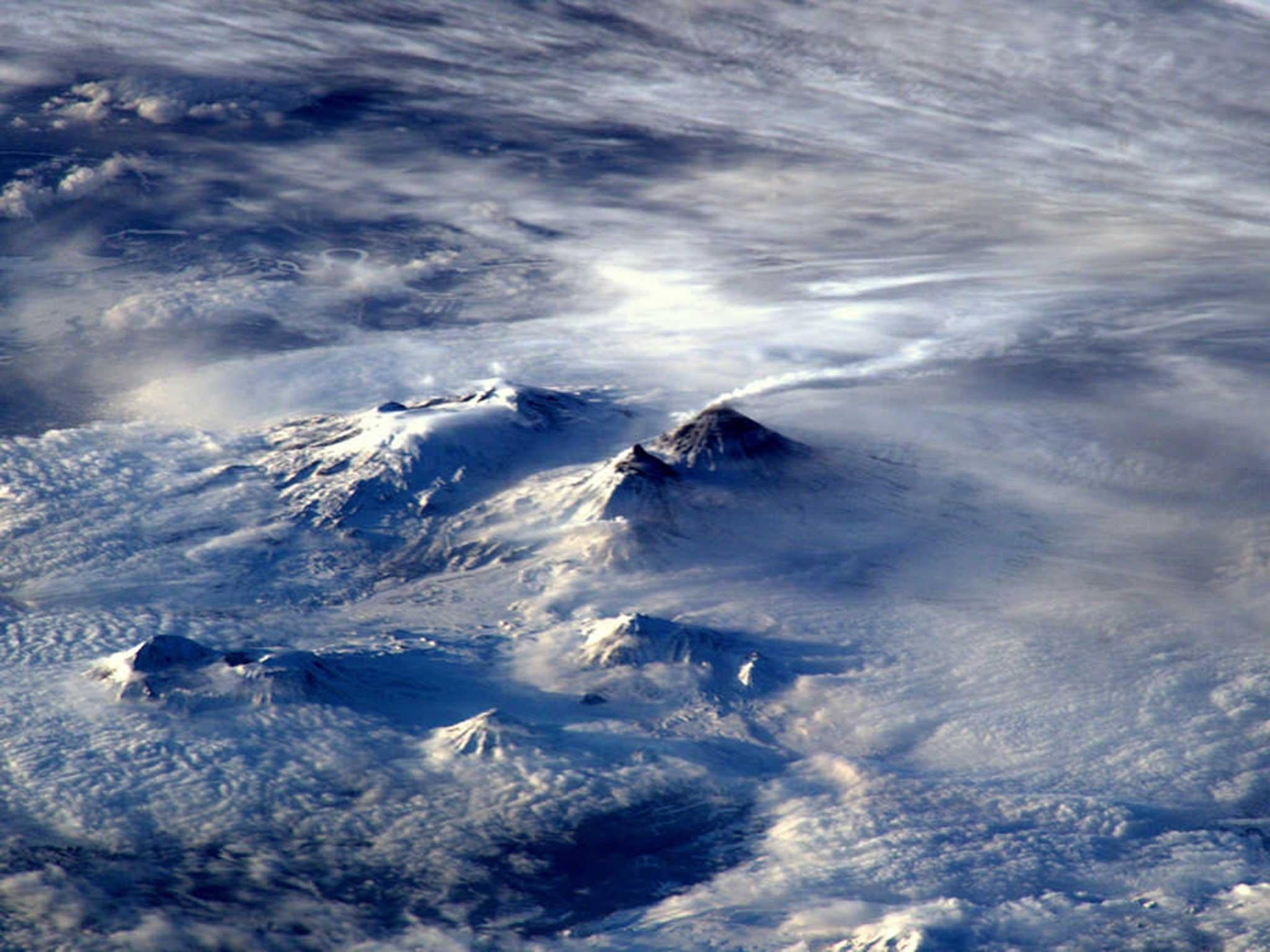
15/30 Smoking volcano
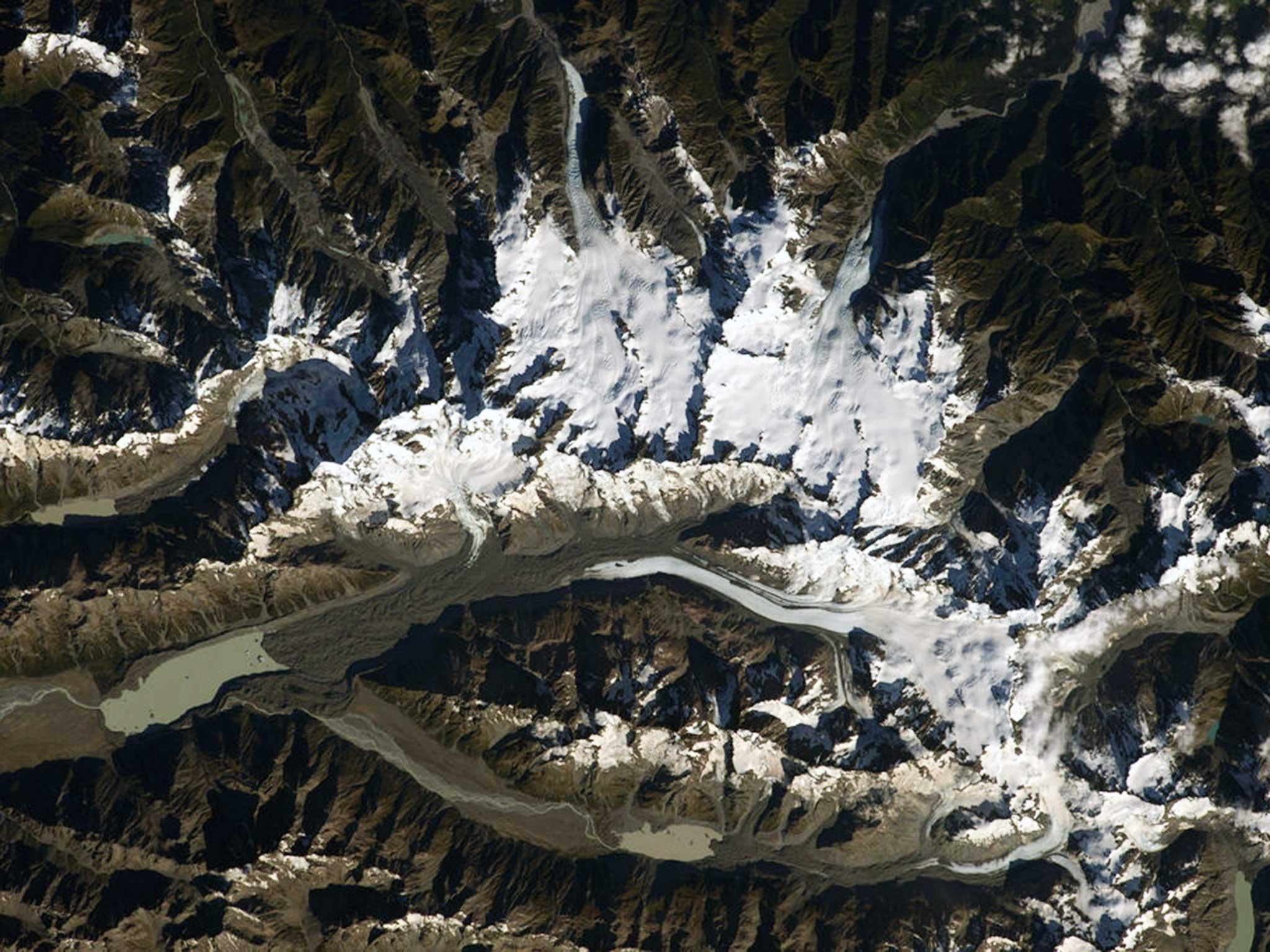
16/30 New Zealand
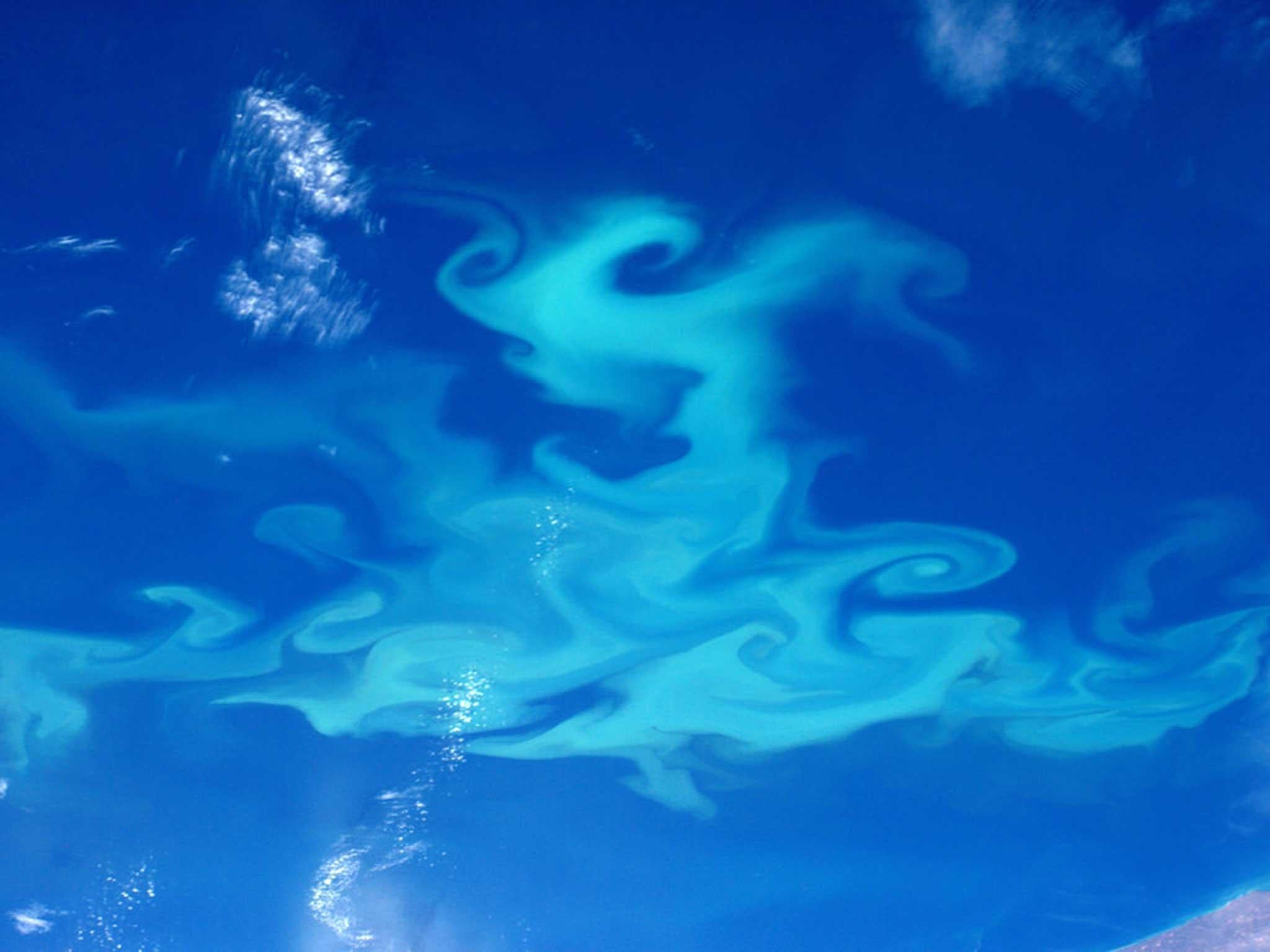
17/30 Plankton bloom
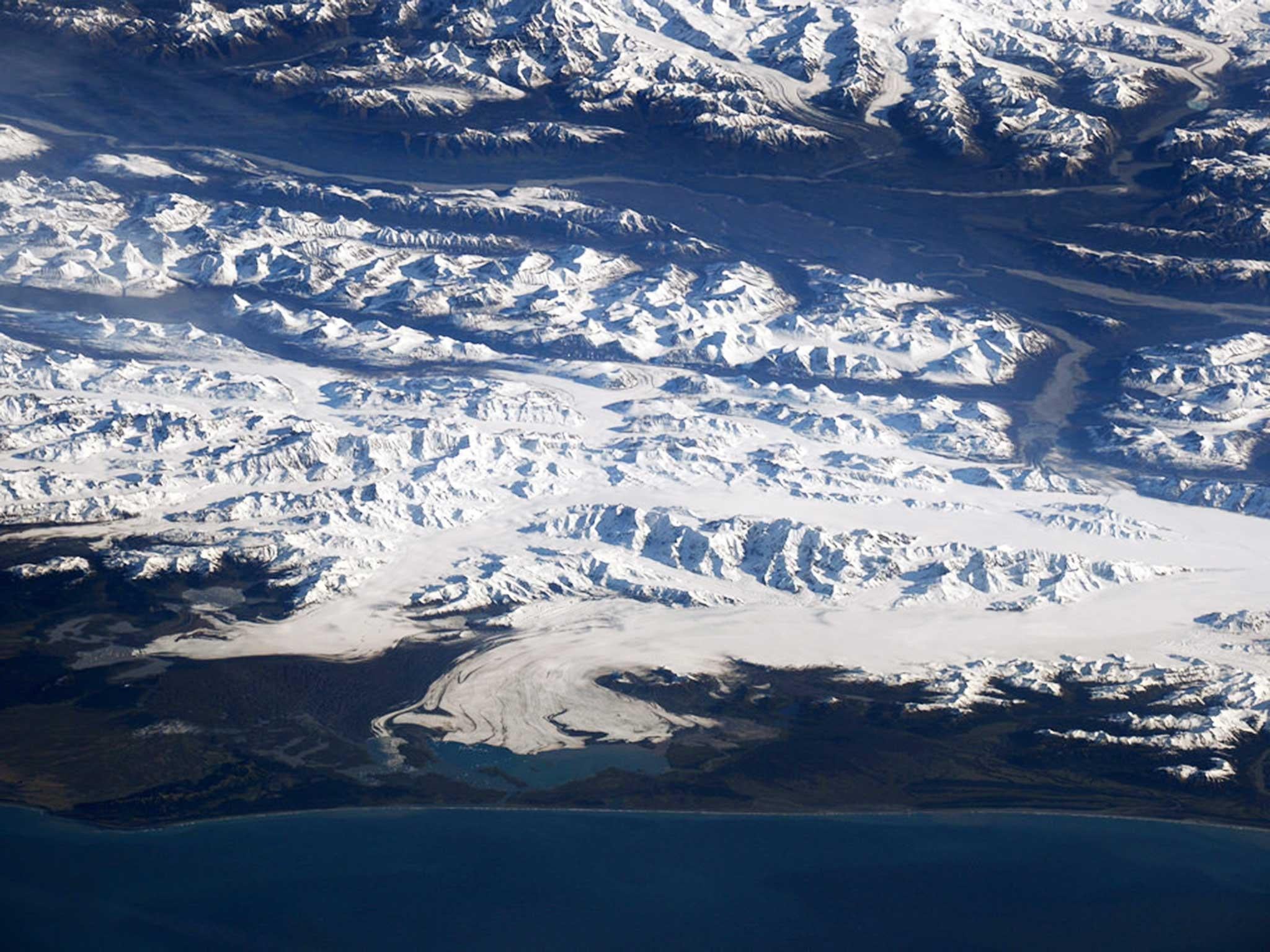
18/30 Alaska
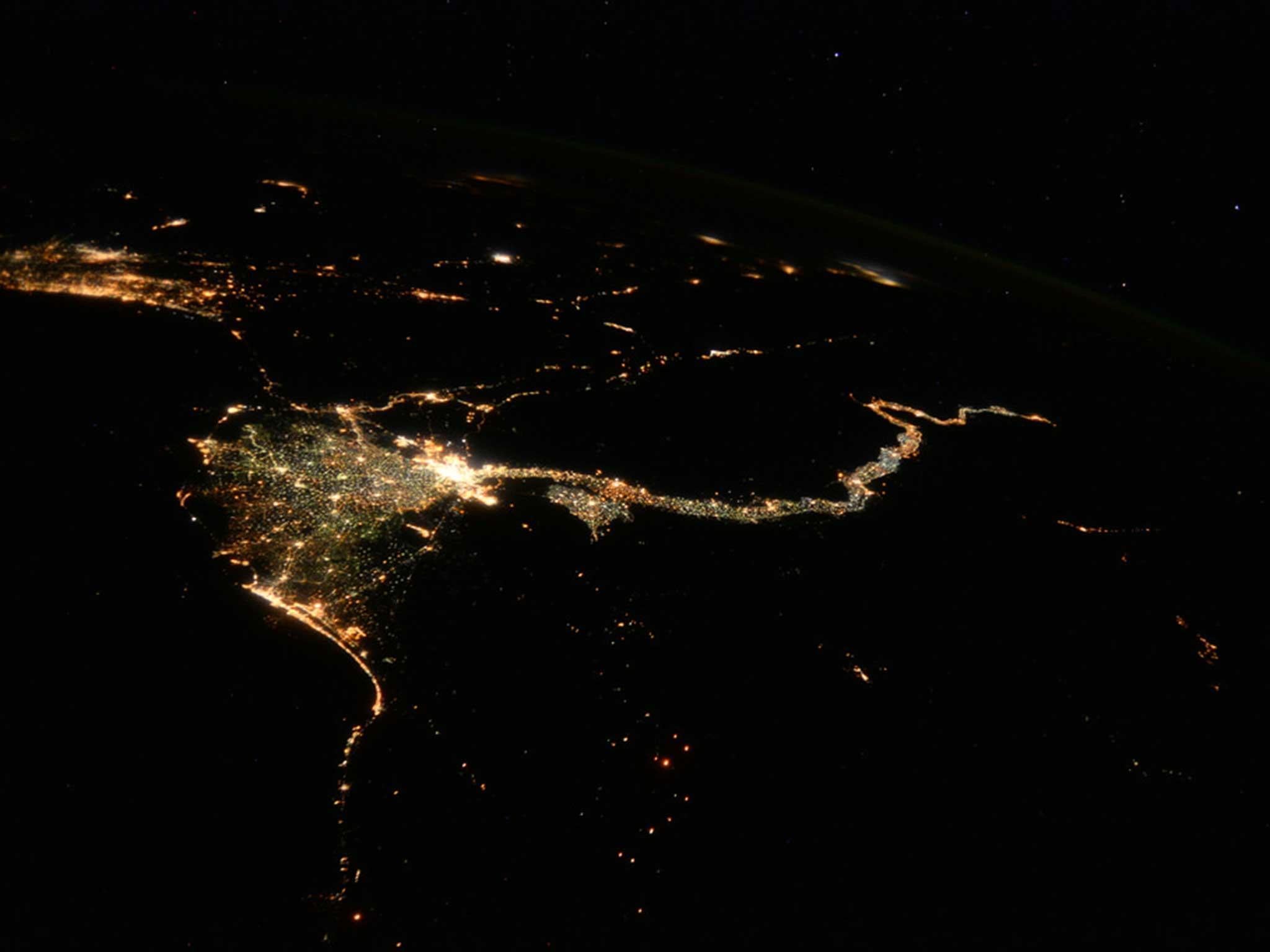
19/30 Lights along the Nile
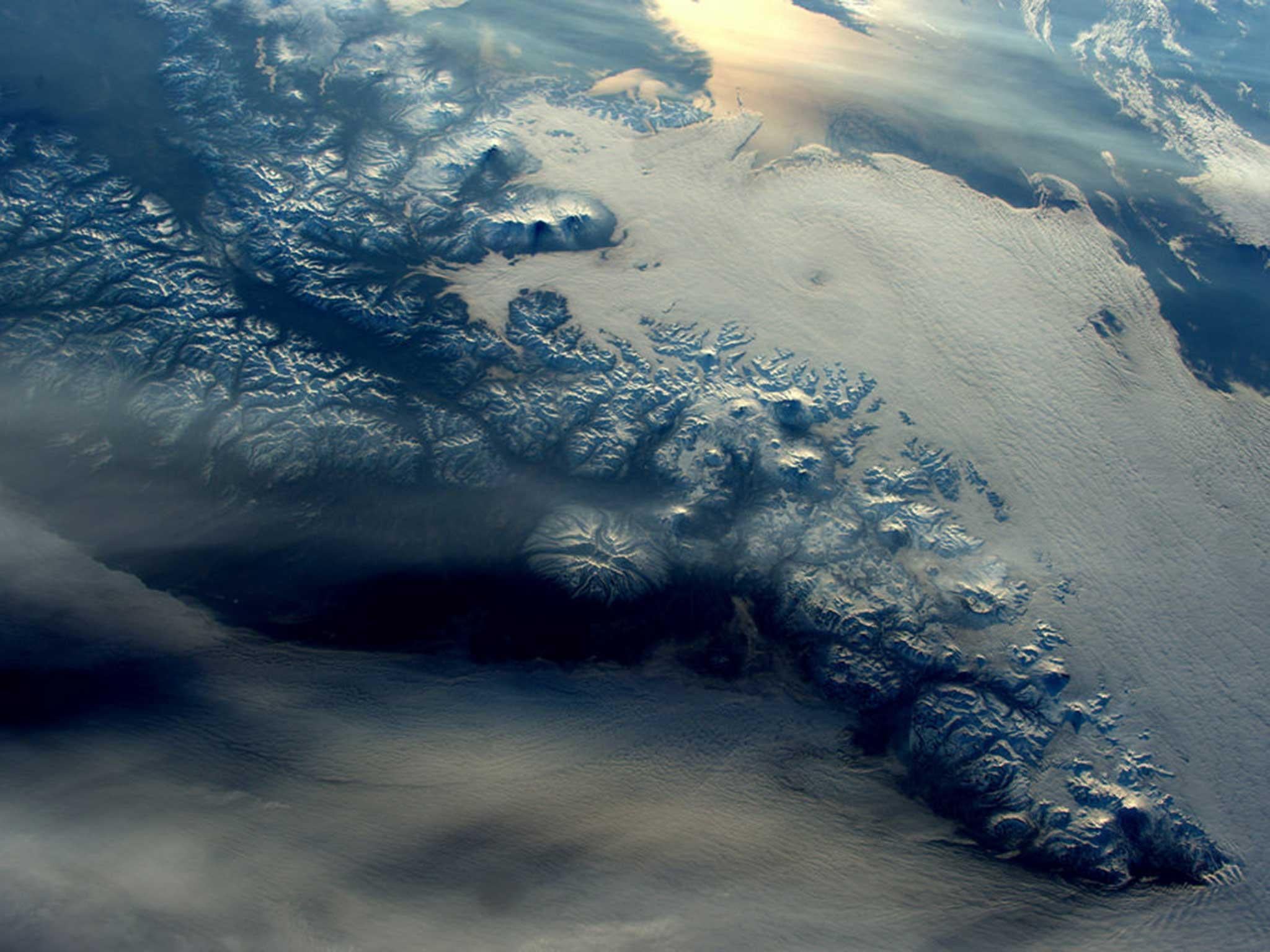
20/30 Kamchatka
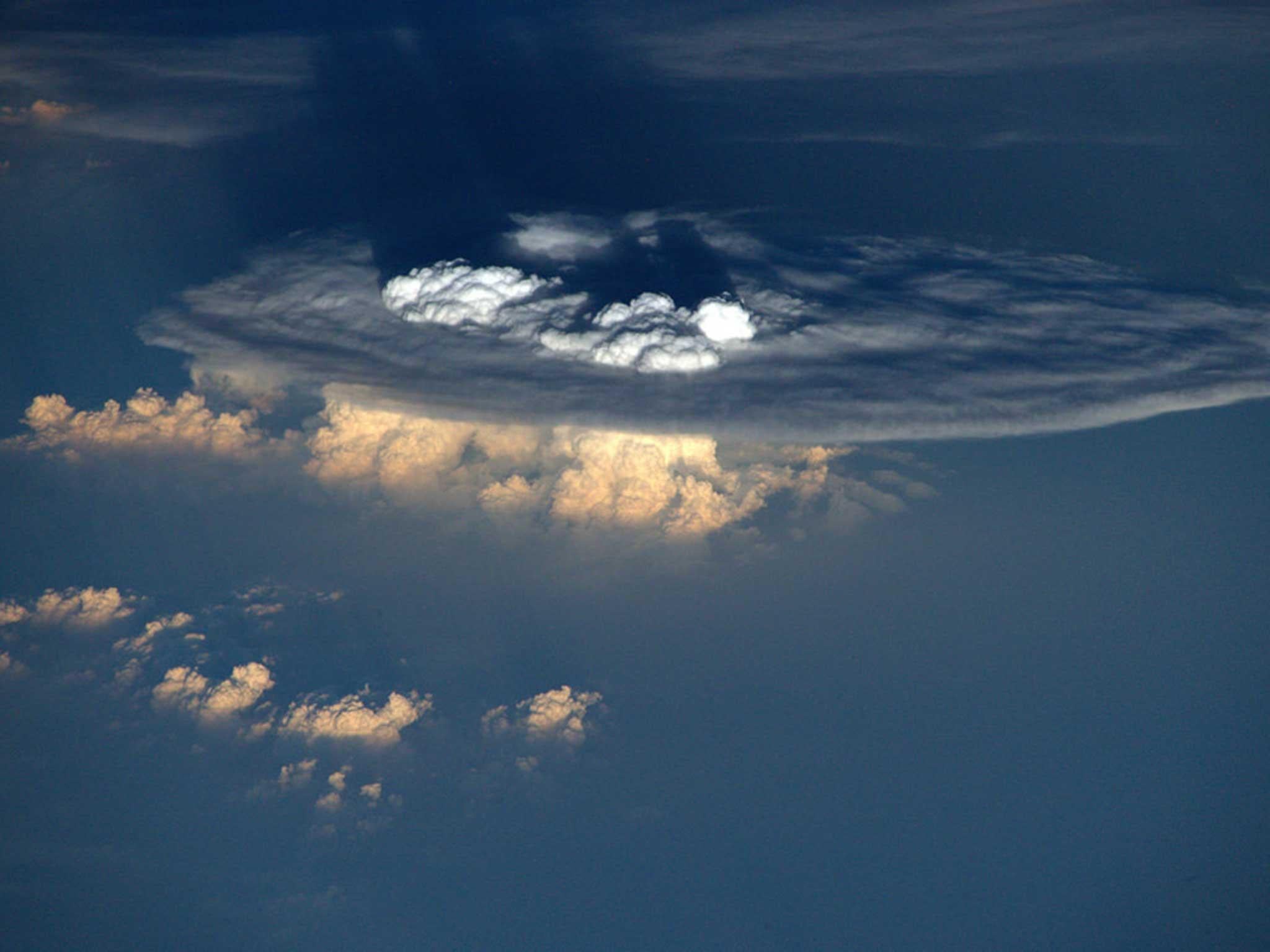
21/30 Cumulonimbus
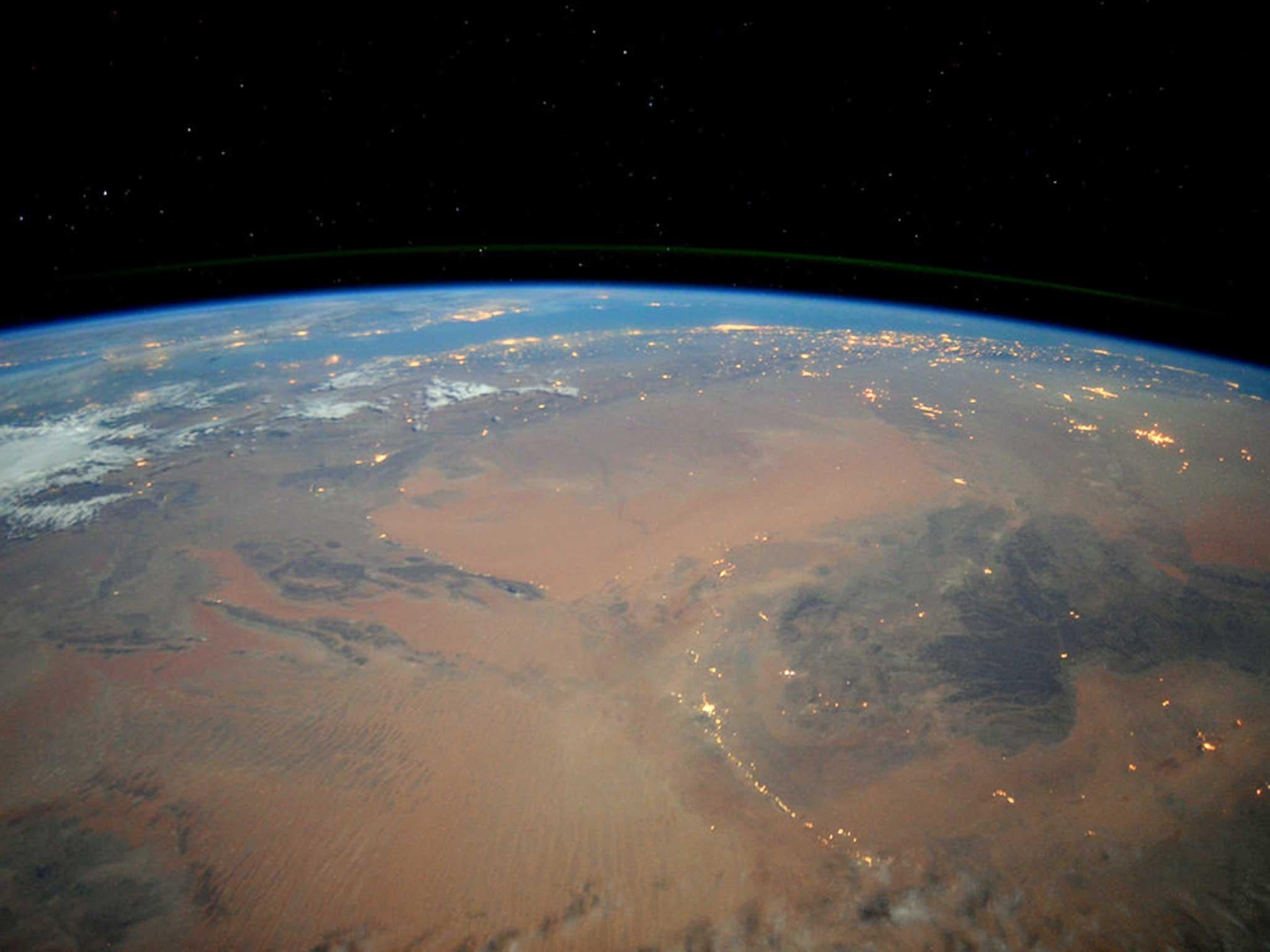
22/30 Night Sahara
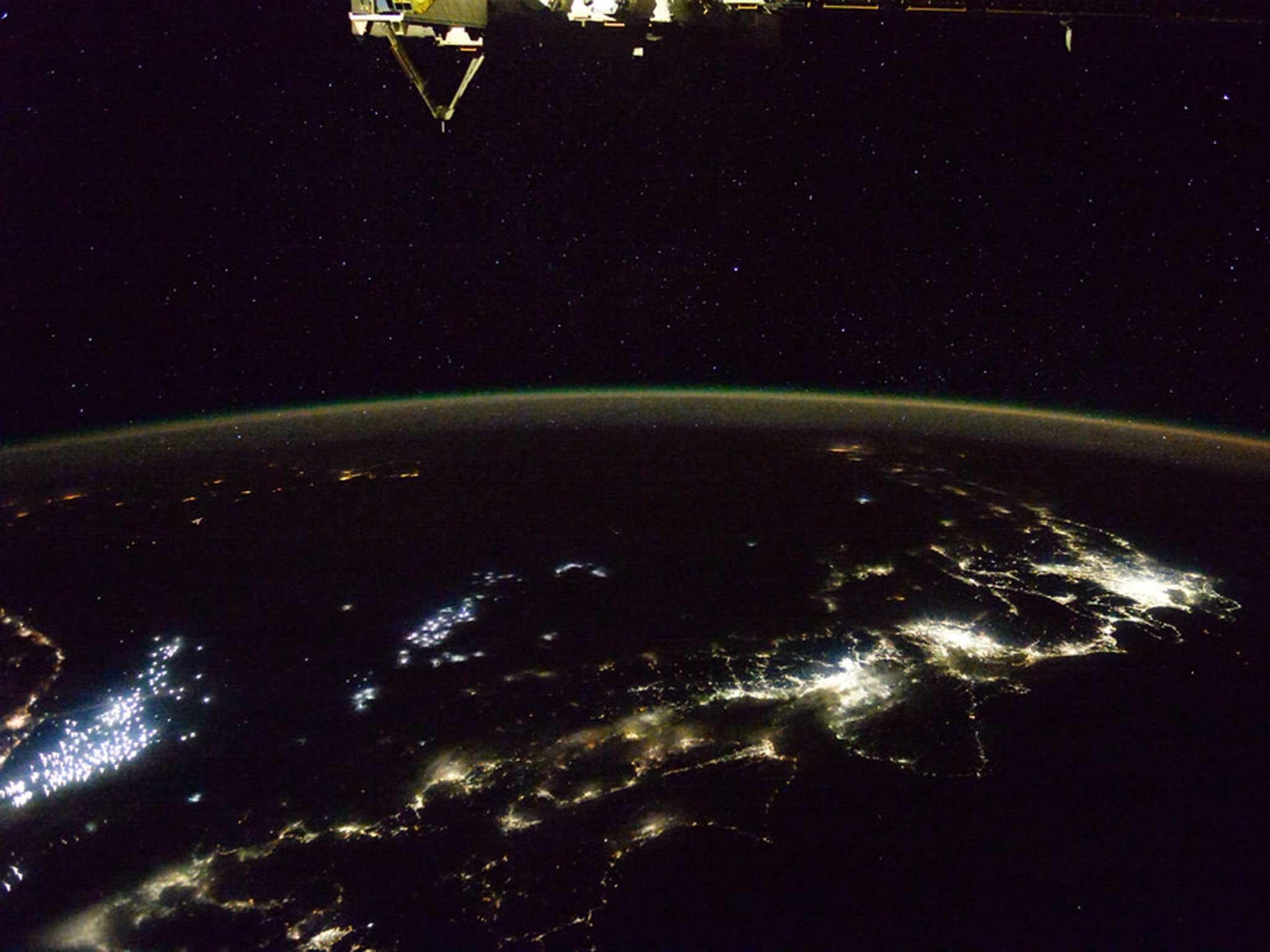
23/30 Japan
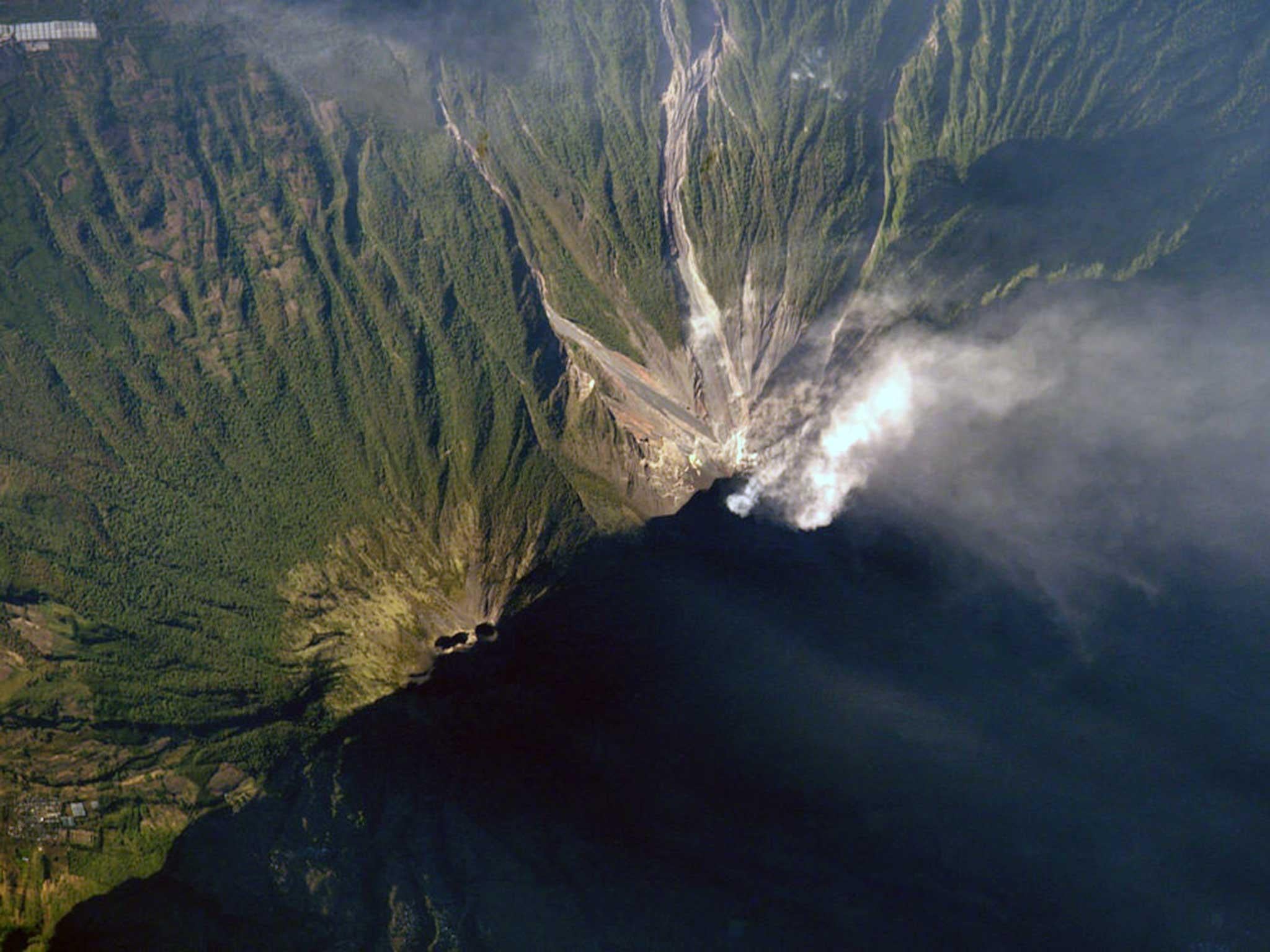
24/30 Morning sun volcanoes
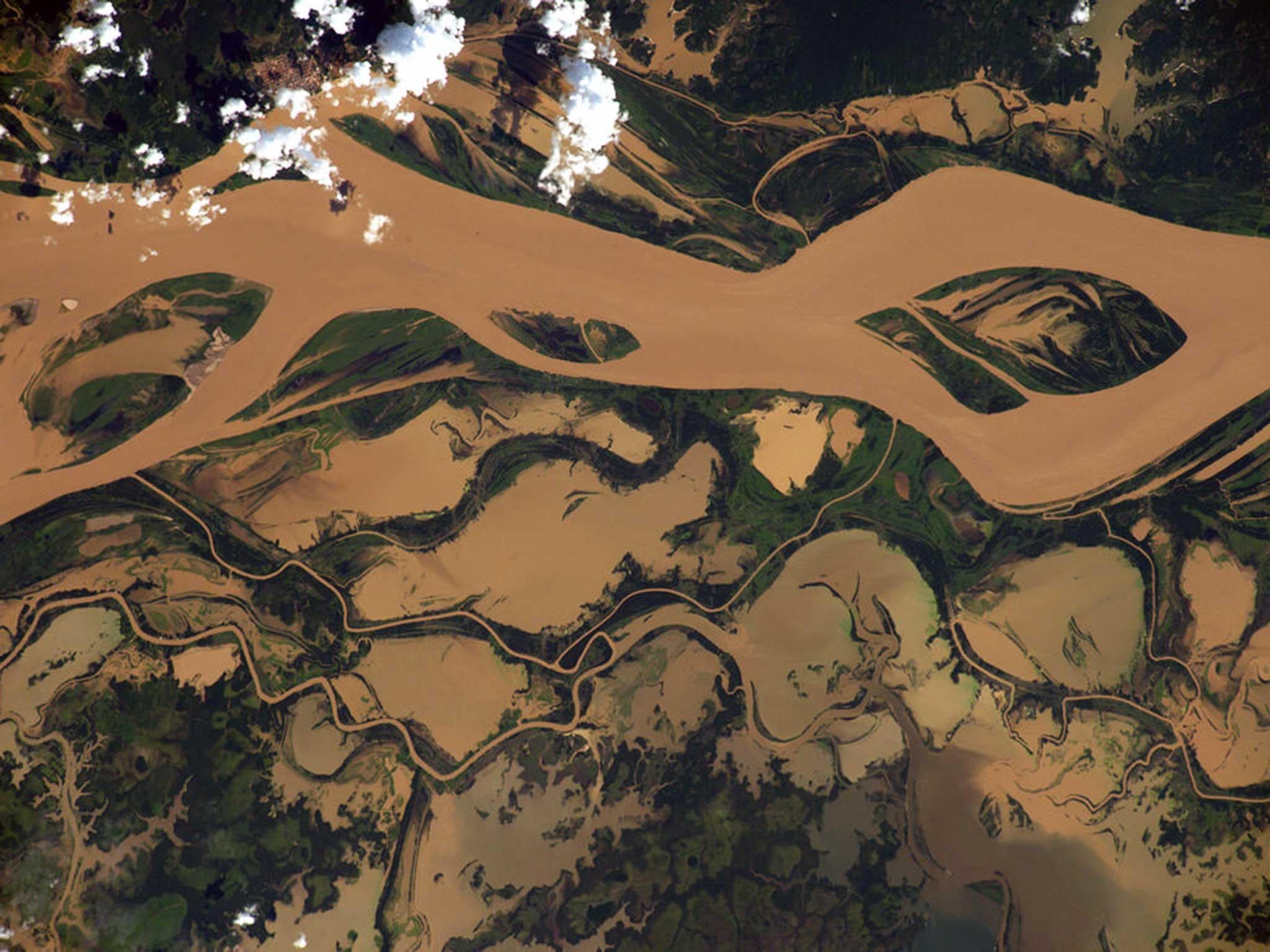
25/30 Tapajos River
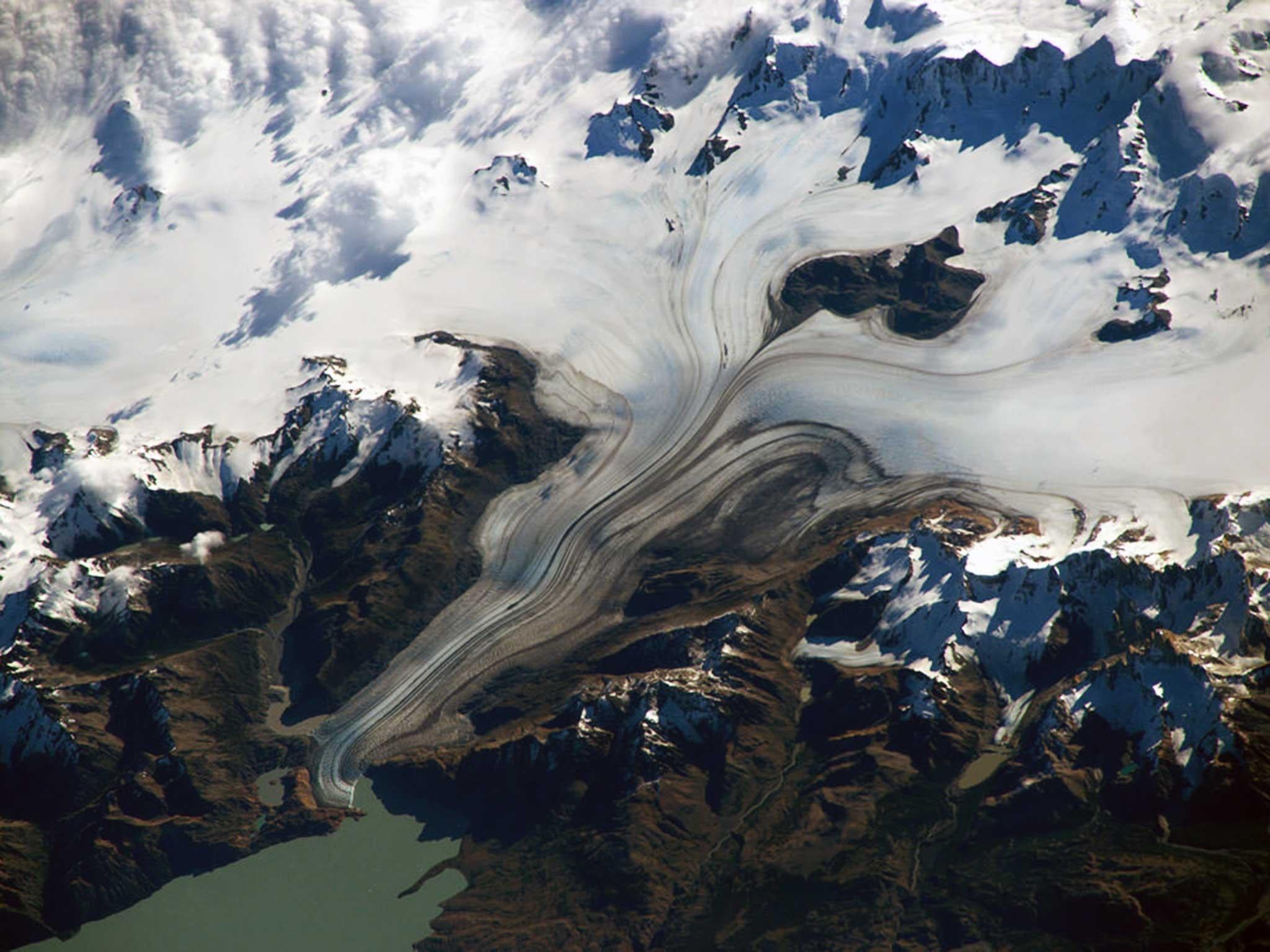
26/30 Patagonia

27/30 Dubai Palms
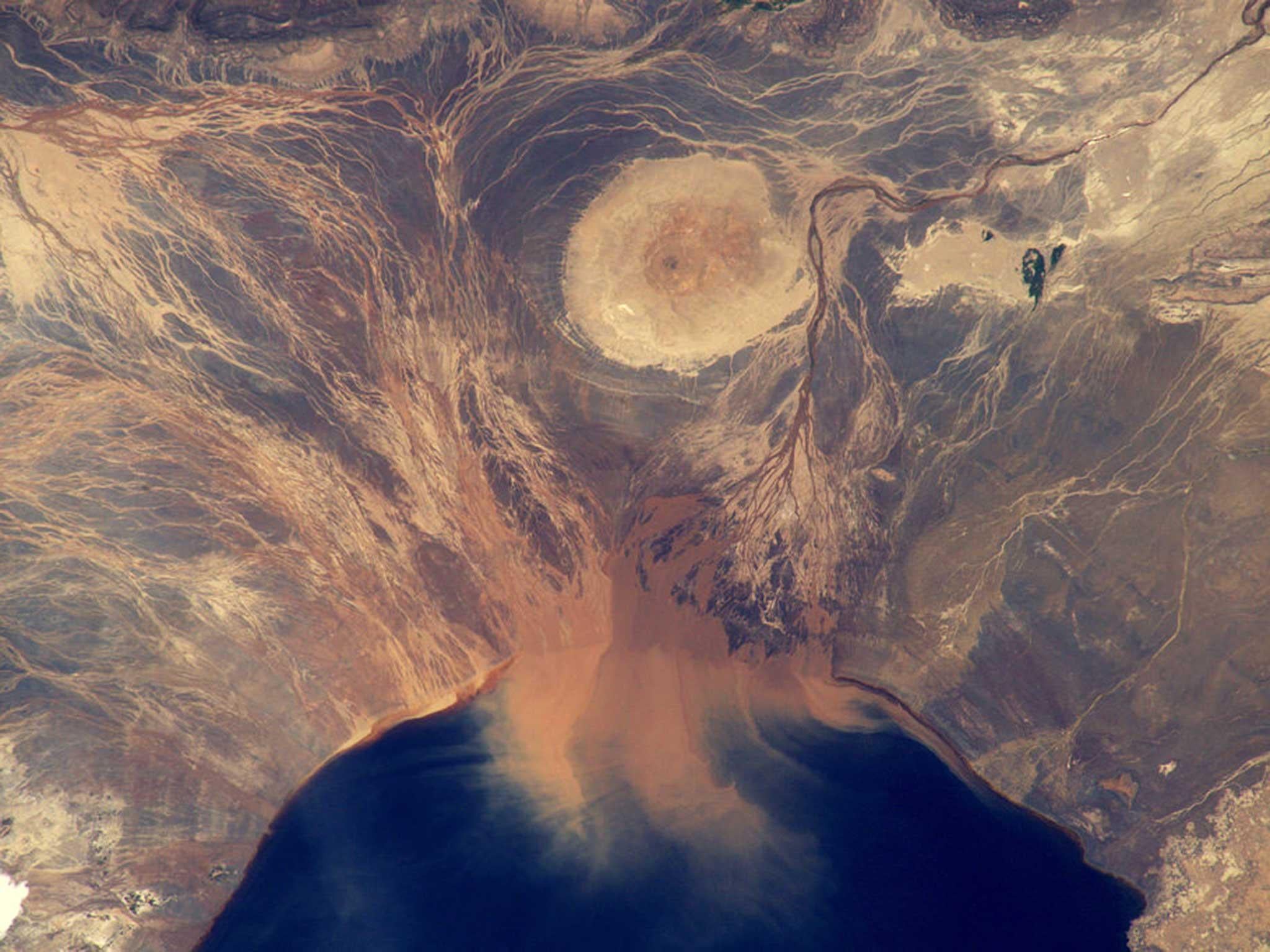
28/30 Sediment in Ethiopia
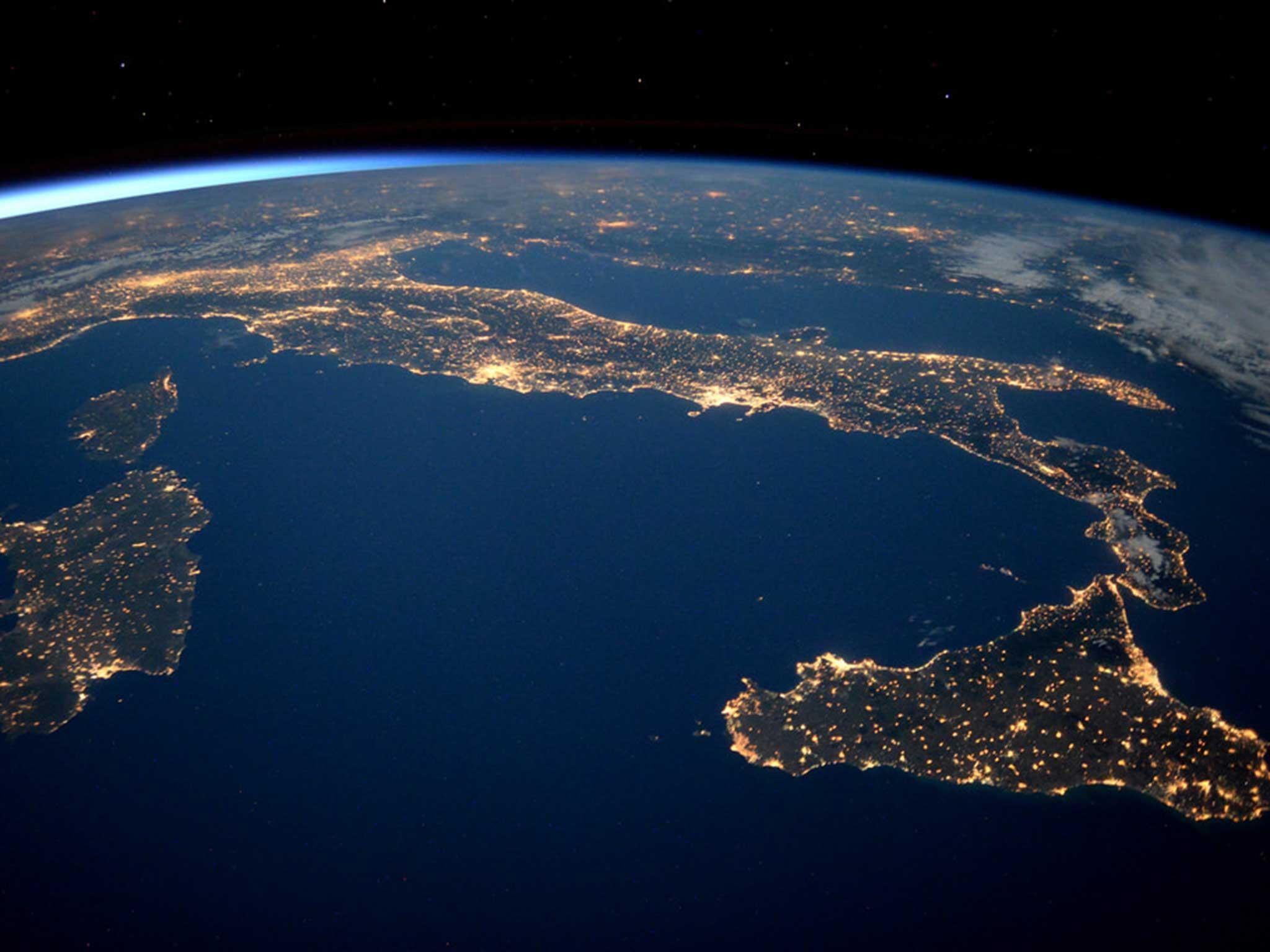
29/30 Italy

30/30 Panama Canal

1/30 Striking Africa
"The striking colour and texture of Africa Illizi, Algeria"

2/30 Favourite Reef

3/30 Russia's north-east coast

4/30 Hello London

5/30 Bahamas

6/30 Yinchuan

7/30 Rocket flames in Africa

8/30 Stunning colours

9/30 The real Everest

10/30 Go Exomars

11/30 Tenerife

12/30 Midday winter sun

13/30 Sand dunes

14/30 Dragon Dam

15/30 Smoking volcano

16/30 New Zealand

17/30 Plankton bloom

18/30 Alaska

19/30 Lights along the Nile

20/30 Kamchatka

21/30 Cumulonimbus

22/30 Night Sahara

23/30 Japan

24/30 Morning sun volcanoes

25/30 Tapajos River

26/30 Patagonia

27/30 Dubai Palms

28/30 Sediment in Ethiopia

29/30 Italy

30/30 Panama Canal
“We already know Einstein’s theory of gravity is fraying around the edges,” says Andrea Ghez, a professor at the University of California, Los Angeles. “What better places to look for discrepancies in it than a supermassive black hole?” Ghez is the leader of a separate team that, like Genzel’s, is probing the galactic centre. “What I like about the galactic centre is that you get to see extreme astrophysics,” she says.
Despite their name, supermassive black holes are among the most luminous objects in the universe. As matter crashes down into them, stupendous amounts of energy should be released, enough to produce quasars, the faint radio beacons from distant space that have dazzled and baffled astronomers since the early 1960s.
Astronomers have long suspected that something similar could be happening at the centre of the Milky Way, which is marked by a dim source of radio noise called Sagittarius A* (pronounced Sagittarius A-star). But the galactic centre is veiled by dust, making it all but invisible to traditional astronomical ways of seeing.
Seeing in the dark
Reinhard Genzel grew up in Freiburg, Germany, a small city in the Black Forest. As a young man, he was one of the best javelin throwers in Germany, even training with the national team for the 1972 Munich Olympics. Now he is throwing deeper.
He became interested in the dark doings of the galactic centre in the 1980s, as a postdoctoral fellow at the University of California, Berkeley, under physicist Charles Townes, a Nobel laureate and an inventor of lasers. “I think of myself as a younger son of his,” Genzel says.
In a series of pioneering observations in the early 1980s, using detectors that can see infrared radiation, or heat, through galactic dust, Townes, Genzel and their colleagues found that gas clouds were zipping around the centre of the Milky Way so fast that the gravitational pull of about 4 million suns would be needed to keep it in orbit. But whatever was there, it emitted no starlight. Even the best telescopes, from 26,000 light years away, could make out no more than a blur.
Two advances since then have helped shed some figurative light on whatever is going on in our galaxy’s core. One was the growing availability in the 1990s of infrared detectors, originally developed for military use. Another was the development of optical techniques that could drastically increase the ability of telescopes to see small details by compensating for atmospheric turbulence. (It’s this turbulence that blurs stars and makes them twinkle.)
These keen eyes revealed hundreds of stars in the galaxy’s blurry core, all buzzing around in a circle about a 10th of a light year across. One of the stars, which Genzel calls S2 and Ghez calls S-02, is a young blue star that follows a very elongated orbit and passes within just 11 billion miles of the mouth of the putative black hole every 16 years.
During these fraught passages, the star, yanked around an egg-shaped orbit at speeds of up to 5,000 miles per second, should experience the full strangeness of the universe according to Einstein. Intense gravity on the star’s surface should slow the vibration of light waves, stretching them and making the star appear redder than normal from Earth.
This gravitational redshift, as it is known, was one of the first predictions of Einstein’s theory. The discovery of S2 offered astronomers a chance to observe the phenomenon in the wild – within the grip of gravity gone mad, near a supermassive black hole.
In the wheelhouse of the galaxy
To conduct that experiment, astronomers needed to know the star’s orbit to a high precision, which in turn required two decades of observations with the most powerful telescopes on Earth. “You need 20 years of data just to get a seat at this table,” says Ghez, who joined the fray in 1995.
And so, the race into the dark was joined on two continents. Ghez worked with the 10m Keck telescopes, on Mauna Kea, on Hawaii’s Big Island. Genzel’s group benefited from the completion of the European Southern Observatory’s brand new Very Large Telescope array in Chile.
The European team was aided further by a new device, an interferometer named Gravity, that combined the light from the array’s four telescopes. Designed by a large consortium led by Frank Eisenhauer of the Max Planck Institute, the instrument enabled the telescope array to achieve the resolution of a single mirror 130m in diameter. In addition, they could track the movements of the star S2 from day to day.
Meanwhile, Ghez was analysing the changing spectra of light from the star, to determine changes in the star’s velocity. The two teams leapfrogged each other, enlisting bigger and more sophisticated telescopes, and nailing down the characteristics of S2. In 2012, Genzel and Ghez shared the Crafoord Prize in astronomy, an award nearly as prestigious as the Nobel. Events came to a head this spring and summer, during a six-month period when S2 made its closest approach to the black hole.
“It was exciting in the middle of April when a signal emerged and we started getting information,” Ghez says.
In July Genzel and Eisenhauer held a news conference in Munich to announce that they had measured the long-sought gravitational redshift. As Eisenhauer marked off their measurements, which matched a curve of expected results, the room burst into applause. “The road is wide open to black hole physics,” Eisenhauer proclaimed.
Genzel later explained that detecting the gravitational redshift was only the first step: “I am usually a fairly sober, and sometimes pessimistic person. But you may sense my excitement as I write these sentences, because of these wonderful results. As a scientist (and I am 66 years old) one rarely if ever has phases this productive. Carpe Diem!”
In early October, Ghez, who had waited to observe one more phase of the star’s trip, said her team soon would publish their own results.
A monster in the basement
In the meantime, Genzel was continuing to harvest what he calls “this gift from nature”.
The big break came when his team detected evidence of hot spots, or “flares”, in the tiny blur of heat marking the location of the suspected black hole. A black hole with the mass of 4 million suns should have a mouth, or event horizon, about 16 million miles across – too small for even the Gravity instrument to resolve from Earth.
The hot spots were also too small to make out. But they rendered the central blur lopsided, with more heat on one side of the blur than the other. As a result, Genzel’s team saw the centre of that blur of energy shift, or wobble, relative to the position of S2, as the hot spot went around it.
As a result, says Genzel, “we see a little loop on the sky. This is the first time we can study these important magnetic structures in a spatially resolved manner just like in a physics laboratory.”
He speculates that the hot spots might be produced by shock waves in magnetic fields, much as solar flares erupt from the sun. But this might be an overly simplistic model, the authors cautioned in their paper. The effects of relativity turn the neighbourhood around the black hole into a hall of mirrors, Genzel says: “Our statements currently are still fuzzy. We will have to learn better to reconstruct reality once we better understand exactly these mirages.”
The star has finished its show for this year. Genzel hopes to gather more data from the star next year, as it orbits more distantly from the black hole. Additional observations in the coming years may clarify the star’s orbit, and perhaps answer other questions, such as whether the black hole was spinning, dragging space-time with it like dough in a mixer.
But it may be hard for Genzel to beat what he has already accomplished, he said by email. For now, shrink-wrapping 4 million suns worth of mass into a volume just 45 minutes around was a pretty good feat “for a small boy from the countryside”.
© New York Times
Comments
Share your thoughts and debate the big issues
Please be respectful when making a comment and adhere to our Community Guidelines.
- You may not agree with our views, or other users’, but please respond to them respectfully
- Swearing, personal abuse, racism, sexism, homophobia and other discriminatory or inciteful language is not acceptable
- Do not impersonate other users or reveal private information about third parties
- We reserve the right to delete inappropriate posts and ban offending users without notification
You can find our Community Guidelines in full here.
- -1) ? 'active' : ''"> Newest first
- -1) ? 'active' : ''"> Oldest first
- -1) ? 'active' : ''"> Most liked
- -1) ? 'active' : ''"> Least liked
Please be respectful when making a comment and adhere to our Community Guidelines.
- You may not agree with our views, or other users’, but please respond to them respectfully
- Swearing, personal abuse, racism, sexism, homophobia and other discriminatory or inciteful language is not acceptable
- Do not impersonate other users or reveal private information about third parties
- We reserve the right to delete inappropriate posts and ban offending users without notification
You can find our Community Guidelines in full here.
- -1) ? 'active' : ''"> Newest first
- -1) ? 'active' : ''"> Oldest first
- -1) ? 'active' : ''"> Most liked
- -1) ? 'active' : ''"> Least liked
Follow comments
Vote
Report Comment
Subscribe to Independent Minds to debate the big issues
Want to discuss real-world problems, be involved in the most engaging discussions and hear from the journalists? Try Independent Minds free for 14 days.
Try for freeAlready registered? Log inReport Comment
Delete Comment
Subscribe to Independent Minds to debate the big issues
Want to discuss real-world problems, be involved in the most engaging discussions and hear from the journalists? Try Independent Minds free for 14 days.
Try for freeAlready registered? Log inAbout The Independent commenting
Independent Minds Comments can be posted by members of our membership scheme, Independent Minds. It allows our most engaged readers to debate the big issues, share their own experiences, discuss real-world solutions, and more. Our journalists will try to respond by joining the threads when they can to create a true meeting of independent minds. The most insightful comments on all subjects will be published daily in dedicated articles. You can also choose to be emailed when someone replies to your comment.
The existing Open Comments threads will continue to exist for those who do not subscribe to Independent Minds. Due to the sheer scale of this comment community, we are not able to give each post the same level of attention, but we have preserved this area in the interests of open debate. Please continue to respect all commenters and create constructive debates.